-
Posts
2.332 -
Joined
-
Last visited
-
Days Won
60
Posts posted by Sundiata
-
-
9 hours ago, Genava55 said:
Oh it is worse than that, they seem to have skipped Diomedes.
Diomedes? Dude, what about Memnon and Penthesilea? I want to see some Aethiops and Amazons on the battle field. They were very popular among the Greeks themselves, even though they fought for "the enemy", they were hugely respected and a popular topic in their art. I want to see Memnon slaying Antilochus, Nestor's son, and then I want to see the fight between Memnon and Achilles, that was so epic that even the gods of Olympus watched on in awe as these demigods clashed... I'd like to see the arrival of Penthesilea's Amazons and see them kicking some a__ on the battlefield, and see Achilles falling in love with the great Amazon Queen just as he kills her (talk about drama)... Would make for some amazing cut scenes!
Check these:
SpoilerOn a sidenote, I think I figured out the curious case of the African hoplites from the so-callled "Negro Alabastra". (spoiler alert, it's Memnon from the Aethiopis, part of the Epic Cycle telling the story of the Trojan War)
Check out one of Memenon's Aethiopian companions, being speared to death by King Menelaos. He's naked, and carries a rectangular rattan shield and a wooden club, just like our Nuba mercs in-game

Speculation time! So, Ramesses II of the Egyptian New Kingdom signed a comprehensive and tangible peace treaty with the Hittite Empire during or just before the time of the Trojan War (Troy was part of the Hittite sphere of influence). The peace treaty went so far that Ramesses even married a Hittite princess! Sooooo, considering that there was an army of Aethiops (black people) at Troy according to the ancient sources, we should probably see this through the lens of the Hittite Egyptian peace treaty. People have variously tried to identify Memnon with a number of people called Amenhotep. But considering the Trojan war was roughly contemporaneous to the reign of Ramesses II, we should probably look at his reign for possible clues. Ramesses ruled Kush through the King's son of Kush, who was a vizier, akin to a king in his own right. During the reign of Ramesses II, there was a King's Son of Kush named Mernudjem, about whom very little is known. Mernudjem seems rather similar to Memnon. In light of Ramesses marrying a Hittite princes, it stands to reason that he sent a high ranking member of his own court to the Hittites. Considering that Mernudjem wasn't the only King's son of Kush during Ramesses' reign, and that so little is known about Mernudjem from Egypt or Kush, perhaps he (and his contingents of Kushite warriors) were the ones that were sent to the Hittites as part of the treaty. Again, this is purely speculation on my part, and trying to link real history to ancient mythology is a little tricky, to say the least... Just some thoughts.
Perhaps this artwork depicting the arrival of Memnon at Troy is more "accurate" than the depictions in the classical red figure pottery. Mernudjem? Is that you Mernudjem?
Penthesilea... So fierce... So Mmmmm...
Her arrival at Troy caused a bit of a scene...
Then Achilles speared her to death, and then fell in love with her as she died in his arms... Why Achilles, why?
Well, look at that, it's Memnon and Penthesilea on the same alabastron

-
 3
3
-
 1
1
-
-
I forgot, who made this piece again? They should have totally contacted him for some proper concepts...
-
 1
1
-
-
On 8/27/2019 at 2:03 AM, Sundiata said:
One example of an area where a comparative approach was necessary was Kushite boats/ships. There was very little to go on for a while, until discovering the crude graffito that depict a number of types of vessels similar to Egyptian models. I originally provided the following New Kingdom example of the ships of the King's son of Kush in a Theban scene:
Well, I just came across a crude Meroitic period graffiti from Philae, depicting a ship which looks quite similar, more than a thousand years later. Typical high, upward and inward curving stern, elevated prow, cabins, double rudder, and this one also has a central mast.
Another Meroitic period graffiti, from the Gate of Hadrian at Philae
Compare this 2nd century AD (or later) Meroitic representation of a ship to the 14th century BC New Kingdom Period Ship from the Theban tomb of Amenhotep called Huy, Viceroy of Kush under Tutankhamen (first image). c. 1500 years of cultural continuity.
CALLING OUT TO ISIS: THE ENDURING NUBIAN PRESENCE AT PHILAE
-
 2
2
-
-
@Nescio, @Genava55, dudes, I just casually bumped into a Nubian Khopesh!
It's from Zuma, an archaeological site 40 km downstream from Napata/Jebel Barkal and 10 km south of El Kurru, deep in Kushite territory. The archaeological site is associated with post-meroitic to early Christian Nubian tumuli graves, but the khopesh may have come from an as of yet undiscovered Kushite or perhaps even Egyptian gravesite. Personally I think the most attractive tentative explanation is that these Post-Meroites may have supplemented their own grave goods with items looted from the nearby royal Kushite cemeteries (both Napatan and Meroitic period). Weapons are frustratingly rare finds in Sudanese archaeology, and the khopesh in general is a rare find anywhere, so finding a khopesh, intact no less, in the archaeological record, so close to Kushite royal cities and cemeteries is pretty cool...
https://issuu.com/sudarchrs/docs/s_n06_zurawski/16
-
 2
2
-
-
Just now, Genava55 said:
Julius Caesar and Roman officers like Peplum movies clichés
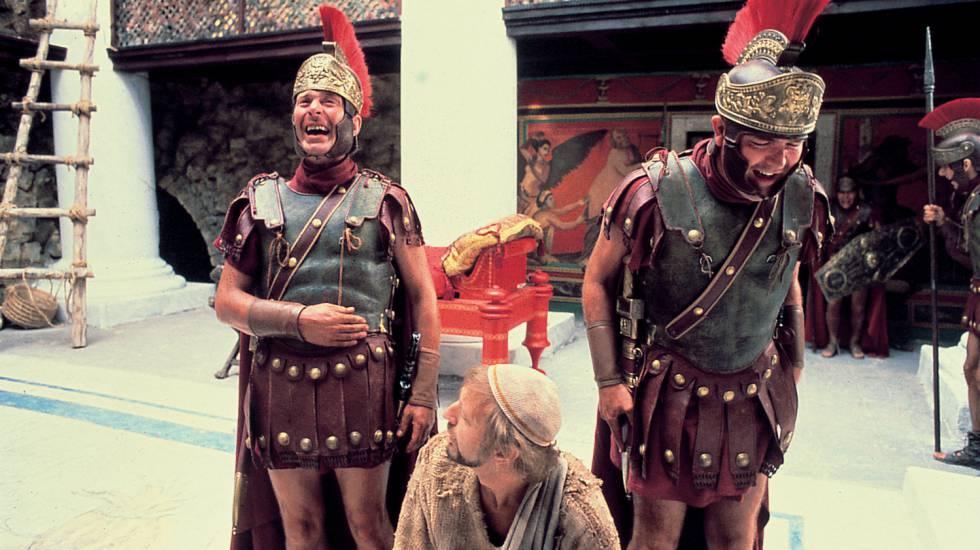
-
 2
2
-
-
Just now, Genava55 said:
And the work of Mariusz Kozik is not what we could call "accurate"
What do you think is so inaccurate about these pieces? Just curious...
-
 1
1
-
-
Some crazy artwork for Total War II by Mariusz Kozik
https://www.artstation.com/lacedemon
Aurelian, conquest of the Palmyrene Empire
Auxiliary vs Dacian
Cataphract
Camel cataphract
Spartans
Peloponnesian War
Hannibal at the gates
Rise of the Republic
Siege of Carthage
Caesar in Gaul
Vercingetorix
Battle of Colchester
The Huns!
-
 2
2
-
-
"A Carthaginian shekel, dated 237–227 BC, depicting the Punic god Melqart (equivalent of Hercules/Heracles), most likely with the features of Hamilcar Barca, father of Hannibal Barca; on the reverse is a man riding a war elephant" Carthago Nova, Spain:
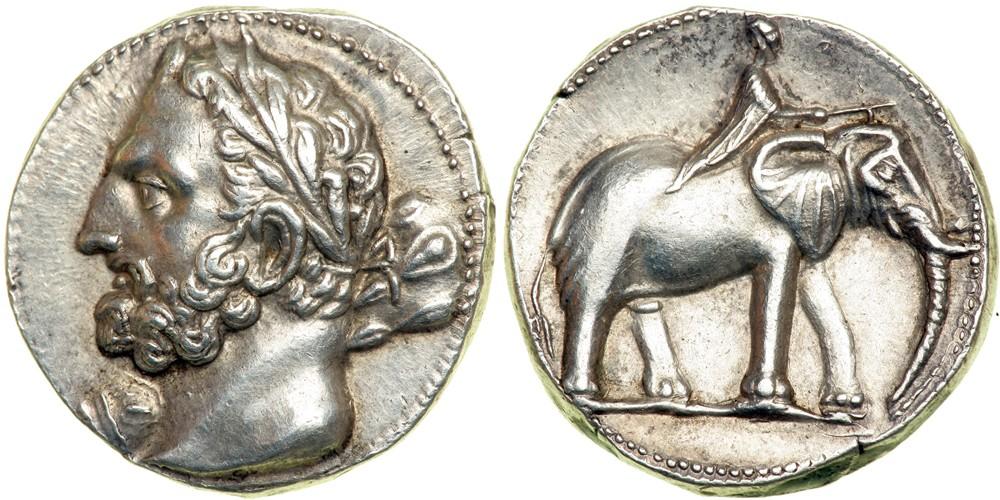
I noticed Hamilcar doesn't have a unit portrait yet. It's always nice to base a portrait on an actual period depiction of the person, so this coin should be very useful towards that end.
-
 5
5
-
-
Just now, sphyrth said:
Those archers were also slow-moving, so bringing them back won't address the complaint about Walking Speed.
Those archers were a few alpha's ago, so it would be very odd to add them back in the game with a different speed than the Kushite archers, which is a fast moving unit.
Anyway, I'm not really arguing to put the "Nubian" archers back in the Ptolemaic roster. They already have Cretan archers now... I was just going on a bit of a tangent in reaction to the removal of that unit, like 3 alpha's ago
 The axemen would be cool though
The axemen would be cool though  They don't have axe units yet and "Ethiopian" axeman was definitely a thing in Ptolemaic Egypt.
They don't have axe units yet and "Ethiopian" axeman was definitely a thing in Ptolemaic Egypt.
It doesn't negate the fact that Ptolemies are actually already one of the most played civilizations, second only to the Britons, if I'm not mistaken.
-
31 minutes ago, Phalanx said:
If I remember correctly, they used to have Nubian
or Numidianbows as their starter ranged, which was scrapped due to historical inaccuracy.Nubian bowmen don't make a lot of sense as their main starting unit, but removing them from the roster entirely was probably a mistake. From Ptolemy II onwards, the Ptolemies took turns with the Kushites ruling Lower Nubia, which is the area south of the 1st cataract (Philae, Elephantine and Aswan) and north of the 2nd cataract (between Buhen and Semna). They called it the Dodekaschoinos, and had garrisons there and undoubtedly made use of local troops to supplement their own as guard units or for their campaigns against Kush. The extent to which "Aethiopians" were used in the north of Egypt by the Ptolemies is difficult to say, but there are a number of depictions of "ethiopian" axe-men in Ptolemaic terracotta's from Alexandria.
Frank M. Snowden Jr. literally wrote the book on "Blacks in Antiquity - Ethiopians in the Greco Roman experience", which actually received an award of merit from the The Society for Classical Studies (SCS), formerly known as the American Philological Association (APA) and although it's rather old (1970), it's still one of the most cited works on the subject of blacks in the Hellenic, Hellenistic and Roman world. On the subject of Ptolemaic activity in Lower Nubia and their relations with Meroitic Kush, the following excerpt is interesting (last paragraph in particular)
"Aethiops" in Ptolemaic Egypt (archers, spearmen (?) and axemen):
SpoilerLower Nubians in the Palestrina Nile Mosaic, 100 BC, Roman, including archers (hunters? in upper section) and some unspecified melee infantry (middle section). The chitons they are wearing here is probably more accurate than the archaic Kushite archer look they originally had in-game.
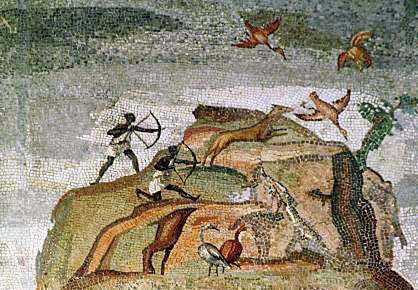
Alexandrian Greco Roman terracottas of Aethiopian axe-men:
The aethiopian axe men can probably be best interpreted by looking at similar terracottas depicting foreign fighters, like the famous little sculpture of the naked Galatian warrior (left), which is often used as a reference for Ptolemaic Galatian troops. Then why not use the Nubian one (right) as a reference as well?
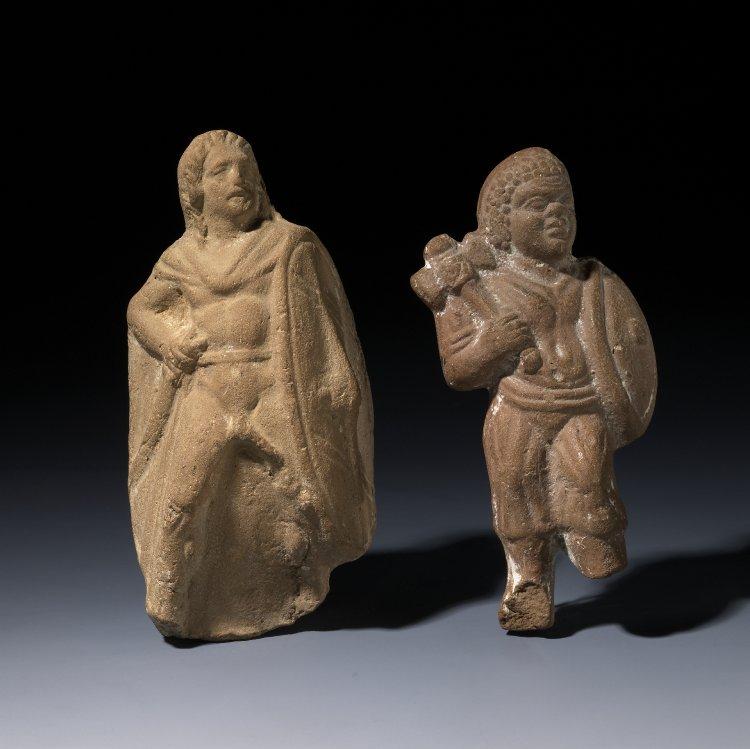
From a book on Hellenistic units including Ptolemaic auxiliaries and mercenaries:
Even Angus McBride depicts them between the Galatian warriors and the African elephant which is ridden by an aethiopian mahout, by the way:
-
 1
1
-
-
16 hours ago, av93 said:
The inclusion of Borg mod it's official?
No... It needs to be cut down into smaller patches and be reviewed and committed one by one or something like that. Changes need to be documented in detail as well I believe. Needs to be alpha 24 compatible. And needs to be play tested extensively. It just seems to be the most promising balance mod for application to vanilla and seems to address a good number of alpha 23 concerns. It just requires a lot of volunteer work and coordination to get done.
-
 3
3
-
-
-
 1
1
-
-
Just now, Stan` said:
Do we actually have such a thing as shuttle speed ?
I would agree that getting shuttle speed into vanilla is important. Skirmishers already have a considerable advantage in the current set up, and the fact that they effectively gather faster because of their increased walk speed, even when gathering, just amplifies that advantage.
-
 2
2
-
-
Just now, Nescio said:
East
North-east
 Just now, Nescio said:
Just now, Nescio said:Bithyni, a Thracian tribe who crossed the (Thracian) Bosporus and founded the kingdom of Bithynia there, with its capital at Nicomedia (modern İzmit).
Yes, very interesting stuff... Reminds a bit of the Galatian migration into Anatolia.
-
Just now, Genava55 said:
The Getae are indeed less hellenized but they are still close to the Black Sea with multiple Greek colonies. Sboryanovo looks quite Hellenized or very inspired from the Greeks.
Ah, the plot thickens. I assume you're referring to the Thracian tombs of Sboryanovo, like the Tomb of Sveshtari? Those are 3rd century BC, and described as Thracian as well as Getic. They're located in Bulgaria, south of the Danube. They date to the time of the Odrysian Kingdom, which included southern Getic territory, but not all of their northern territory. When I wrote Northern Thracians, I was referring to the Thracians north of the Danube (Northern Getae that were much less influenced by Greeks and Persians).
Basically, "Thracian" is a broad ethnic designation for the people living north of Macedonia, primarily in Bulgaria and Romania. The Odrysians were a specific Thracian tribe that came to dominate their neighbouring tribes by the the 5th century BC. The Odrysian Kingdom was a union of "40 Thracian tribes and 22 kingdoms", lead by the Odrysian tribe. The Getae were a subset of Thracian tribes inhabiting the northern side of Thrace, on both sides of the Danube, and were heavily influenced by the Scythians (and later by the Sarmatians and Celts). The Getae were mostly ruled by the Odrysians until the weakening and disintegration of their Kingdom. The Dacians seem to be yet another distinct Thracian tribe living in close proximity to the Getae north of the Danube, but otherwise relatively isolated in the mountains of Romania. Early Dacians (4th - 1st century BC) were influenced by Celtic invaders like the Boii and Dacians were also similar to the Getae and warred with them. By the time of King Burebista in the 1st century BC, the Getae were absorbed by the Dacians and the Celts were defeated. At this point, the two terms, Getae and Dacian, are used interchangeably (Geto-Dacian).
So basically they're all Thracians. Odrysians, Getae and Dacians are distinct tribes or tribal groups within this Thracian designation. The Odrysian Kingdom, and Dacian Kingdom were political entities, absorbing many Thracian tribes beyond their immediate sphere of influence. The Getae are mentioned in the histories because they were powerful in their own right, founding principalities, or small kingdoms of their own, until the conquest of Burebista unified them with the Dacians.
So perhaps we should just stick to "Odrysians" and "Dacians" as two distinct "Thracian civs", which both have access to Getic units in their roster.
-
 1
1
-
-
Just now, Genava55 said:
and most of the archaeological finds about the Dacians are in the Western regions.
Most of the sites discussed in that Russian paper are in the Southern and Eastern region of Romania though, right up to the Danube and Black Sea, which was also part of historical Thrace. So maybe it really is discussing the earlier northern range of the Thracians? As opposed to the later Western range of the Dacians? Or perhaps even the "Free Dacians" of the AD period? Really, my Russian is horrible
 I'm not even sure if the paper is really in Russian...
I'm not even sure if the paper is really in Russian...
-
Just now, Genava55 said:
I was thinking as well that the Dacians were similar to the Thracians because of the Getae but it seems much more complicated, the Getae are only a small part of the Dacian kingdom and most of the archaeological finds about the Dacians are in the Western regions. I think that it should be normal that there are some similarities in their design, especially for the buildings and the architecture, but they should be two different factions.
The thing is also that when talking about Thracians, people are usually referring to either the mythological/archaic Thracians that influenced the Greek pantheon and their myths, the Thracians conquered by Persia and that were part of Xerxes (and Darius?) invasion of Greece, the Thracians of the Odrysian Kingdom or the later Macedonian Thrace, by which time they were becoming thoroughly Hellenized. The northern sections of the Thracians were less influenced by Greeks and Persians, being more influenced by Scythians and Celts, and only start coming in close contact with Mediterranean peoples during Roman times, by which time they were noticeably different from the classical Thracians, and were referred to more specifically as Dacians, recognizing political realities and cultural evolutions. The term Getae just seems to be an earlier Greek term for the Dacians (Northern Thracians, sort of), prior to Roman times, and the terms are often used interchangeably, though there is still much debate about it (they're said to have spoken the same language).
-
Just now, wowgetoffyourcellphone said:
Well, wasn't that kind of the proposal here in this thread? Or do we still want Thracians and Dacians to be separate civs (I do)?
Yeah, because of the relatively scant architecture references we were looking at both Thracians and Dacians to get an idea of how they could look like. Dacians are considered a subset of Thracians with a common ancestor people, proto-Thracian, but with non-Thracian influences as well, like Scythian, Sarmatian and Celtic La Tène. I believe their architecture overlaps on a rural level.
In an ideal world, yes, I'd love to have both factions as well, although we'd need to drop the 500 BC- 1BC dogma to have Dacians in the vanilla game (Domitian's Dacian War, 86–88 AD & Trajan's Dacian Wars, 101–102, 105–106 AD). Then again, we already totally flouted the 500 BC - 1BC rule for the Britons, but we never talk about it, shhhhhhh. Cunobeline, Caratacus and Boudica all three date to the 1st century AD!
-
 1
1
-
-
Just now, Genava55 said:
Sundiata, these pictures are about Thracian or Dacian settlements?
Good question! I shared those a while back and asked if there's any Russian speakers on the forum to help out. The images come from this paper:
http://www.archaeology.ru/Download/Niculice/Niculice_1987_Severnye.pdf
It's titled:
СЕВЕРНЬІЕ ФРАКИЙЦЬІ or NORTHERN THRACIANS
In hindsight, looking at the maps of the sites being discussed, it's clear that they're almost all located in Romania, with only a few in northern Bulgaria, so yeah, it does seem to be discussing Dacians more than Thracians. I think in some of the East European (Soviet?) traditions they tended to lump Thracians, Getae and Dacians into a single culture group referred to as Traco-Geto-Daci, or in this case, referring to Dacians simply as Northern Thracians...
-
 1
1
-
-
Just now, Nescio said:
Two more: FeXoR has three capitals and Freagarach has three a's.
Good lord, I don't know why I keep getting names wrong... Thanks!
Just now, Nescio said:Anyway, thanks a lot for the report! Do you intend to write another one next month?
Depending on the amount of development, we could write one every month, or every 2 months. I'll send you a copy for proofreading if you're interested.
-
 3
3
-
-
Just now, Nescio said:
Please check and double-check all user names; e.g. wackyserious and wowgetoffyourcellphone shouldn't be capitalized, Stan` should have a backtick, not an apostrophe, Genava55 is missing the 55, etc.
These concerns have been addressed, thank you for your feedback.
Just now, Nescio said:- If something isn't committed (e.g. D2228), then don't mention it; work-in-progress is misleading, since sometimes the review process can take years.
Just notifying the community about the decision taken, and linking to the work done towards implementing it. I didn't think that would be a problem and don't mean to mislead anyone (it's listed as a being worked on, as opposed to being committed).
-
 2
2
-
 1
1
-
Just now, influxlondon said:
Anyone got any idea why when I try to upload a screen shot to the forum a box with -200 comes up?
Perhaps the file sizes are too large. Your screenshots are in PNG format which is really heavy (1.8 mb for one of the previous ones you shared). For the purpose of a forum post, I'd suggest simply opening the images in Photoshop and saving them in JPEG format with quality setting 8. It will reduce the file size by a factor of 3 to 10, with minimal artifacting which is only noticeable when you're a graphics person that zooms in to look at the pixels.
On my end, uploading images bigger than 5mb to the forum is really difficult. I try to keep every image under about 1mb in size. Then I never have problems.
Good luck on the map by the way, it looks promising.
-
 1
1
-
 1
1
-
-
- Popular Post
- Popular Post
0 A.D. Development Report: May - August 2019
Wildfire Games, the international group of volunteers developing 0 A.D. : Empires Ascendant, is happy to present its latest development report.
If you want to find out more about the development of this open-source, cross-platform real-time strategy game or if you are interested in game development in general, it might provide an interesting read.
If you want to be part of this project, feel free to visit our forums and join our active community, or just grab a task from our list of open tickets and get right to it. We are currently looking for Programmers, Animators and Artists.*names written in bold black are Wildfire Games staff and names written in bold grey are community members
Programming
wraitii has rewritten UnitMotion for better code and easier extensibility, with the goal in sight of introducing optimisations. He's optimised the Hierarchical Pathfinder, and is working on pathfinder threading. he has also worked on two patches, allowing triggers to give units modifiers, and making attack effects easily moddable so that, for example, a unit can both capture and damage in the same attack.
Stan` Created a first version of the polycount guidelines and updated the art design document. He also added a glow material that also supports normal maps (basic_glow_norm). Stan` worked on many other fixes and improvements, such adding more animations to the atlas drop down list.
vladislavbelov continues to work on the renderer among other things, improving the water's GLSL shader by increasing the reflection and refraction realism. He also added a tool to Atlas, which allows choosing water height by simply clicking on a part of the terrain with the desired height.
Itms worked on our Continuous Integration system, and improved the developing environment for the programmers behind the scenes. He made the move from VS2013 to VS2015 as the default compiler on Windows, with help from Angen. He also upgraded SpiderMonkey to version 45.
s0600204 increased the usage of pkg-config instead of hard-coding or library-specific programs, and added support for special characters (UTF8) in map names and descriptions.
elexis rewrote source/gui/ to have a cleaner code structure and use C++11 features (most code still came from 2004), fixed a number of compiler warnings and some memory leaks.
JoshuaJB fixed some memory leaks introduced by the implementation of STUN + XMPP ICE.
historic_bruno has been working on MacOS build fixes.
trompetin17 fixed an issue with atlasUI and added a "new" checkbox to the map settings tab.
Imarok, FeXoR and bb_ have also been working on various smaller code fixes, improvements and reviews.
Mate-86 has worked on a feature allowing entities to be affected by Status Effects, such as flaming projectiles igniting the target or poisoned arrows poisoning the target, which will cause the target to continue suffering damage for a while.
Freagarach has replaced the gender-tag with phenotype, adding the ability to choose a random phenotype for a given template, allowing for different looks for the same template, as well as having male and female units from the same template with their correct respective voices. Freagarach, with assistance from wraitii, has also wrapped damage types in a Damage element in XML templates to make them generic. This places the damage types in a "Damage" container, just like the "Resources" are. Part of the effort towards having secondary attacks and a more easily moddable game.
Angen made the AI aware of the existence of the new ranges and updated precompiled headers to improve build times.
Krinkle fixed ESLint semicolon-related warnings and has been updating various wiki-pages on trac.
minohaka helped testing and discovering regressions.
Art
Alexandermb‘s new fauna models and textures were committed by Stan`, including Marwari, Lusitano and Celtic horse breeds, new cattle textures, sanga variants, a new Maurya trader chariot with new animations and he animated the new Kushite hero chariot by Sundiata. He sorted his many new Celtic shields according to their specific civ, diffenrentiating the Gauls and Britons with the help of Genava55. Another big update were the many improvements to a variety of other shields, including the Greek aspis with new higher quality models and textures. And then there was the big Hellenic helmets update: Thracian, Phrygian, Boeotian, Chalcidean, Attic, Bryastovets, Corinthian and the Pilos helmet, with many variations. New meshes and textures for greaves were also committed.
Many other smaller fixes and improvements were made, further enhancing the quality of his already Herculean art contributions, as wel as working on “the great animations re-export” together with Stan` (cleaning and committing) and assisted by fatherbushido and Enrique, in order to solve a flaw in many older meshes, while also taking the opportunity to improve on some of those animations and adding some new ones. Alexandermb has also been working on a number of formations like the testudo, phalanx and syntagma.
wackyserious created many new Macedonian, Persian and Roman unit textures, a new Ptolemy IV hero texture and updated the Thracian Peltast, Naked Fanatic, Scythian Archer, Judean Slinger and Seleucid Pikeman and Cataphract.
Stan` Made a new blacksmith for the Britons, improved the walls for the Gauls and added some detailing to their barracks. He unified foundation sizes and construction dust, added new scaffolds and updated structure templates accordingly.
LordGood is continuing his prolific work in the flora department. Teak, dragon bamboo, strangler figs, bananas, areca palm, doum palm, Atlas cedar, holly oak, juniper tree and some new grasses are his latest additions. He has also been working on the Hellenization of the Ptolemies with a new tower and temple.
Bigtiger has worked on some beautiful new flora as well, adding holm oaks, Euro birch, fir tree and a new fern to the collection. He also made new cliffs, new particle actors for snow and clouds and new temperate terrain textures. These new assets can be admired in three new excellent looking maps by Bigtiger himself: Farmland, Oceanside and Roadway.
wowgetoffyourcellphone made new icons for the deer, boar, camel, horse, walrus and wildebeest. The Uffington White Horse he made back in 2016 will replace Stonehenge as the new wonder for the Britons.
Other
Gallaecio has been improving and correcting the English descriptions in-game.
Stan` gave a presentation on 0 A.D. and it’s develoment process in Rennes for GrafikLabor 2019.
user1 continues his work moderating smurf accounts in the multiplayer lobby.
After discussions on the transliteration of Ancient Greek into English, the decission has been made to use the standards of the American Library Association and Library of Congress proposed by Anaxandridas ho Skandiates, who is, in discussion with Nescio, working to update all the Greek specific names, making them more accurate and consitent.
Nescio has also been updating the English style guide, cleaned up the technology data files and applied some corrections to the new horse and cattle fauna templates (among others), added skirmishing templates to some structures and cleaned some obstruction and footprint sizes for others, improved a number of tool tips and improved and corrected some of the Roman and Persian specific names.
Tom 0ad Has created five new informative videos, including “0AD Faction Overview 04 – Persians”, “0AD Faction Overview 05 – Kushites”, “The Ultimate Guide to Siege Weaopons”, “Top Three Tips to Improve. FAST” and “Essential Team Game Guide”.
Likewise, ValihrAnt has made a number of enlightening videos, including “Unit Ranks & Promotions Explained”, “Top 5 Most Underrated Techs” and “Strategy Guide, Cavalry Rush Build Order”.
HMS-Surprise, Unknown_Player, Feldfeld and psypherium organized the commentated Sunday Pro Games between April and June. This was a competetive community event, with Boudica ranking number 1!
elexis, Stan` and wraitii have been updating an extensive list presenting all noticable changes to the end user in Alpha 24, since development started on December 26th, 2018. Changes include new 3D and 2D art, sound, maps, gameplay, user interface, renderer, pathfinder and more. Check it out at: https://trac.wildfiregames.com/wiki/Alpha24
Art Features
A small selection of Alexandermb's new helmets with many variants:
One of many new sets of shields. The Greek aspis for the Athenian faction. From top to bottom: basic, advanced, elite and champion. By Alexandermb:
Macedonian, Carthaginian and Spartan units showing off their new equipment, by Alexandermb:
New Macedonian unit textures by wackyserious:
New unit textures for the Romans, Judean Slingers and Seleucid Cataphracts, by wackyserious:
Some of the new temperate flora assets by Bigtiger:
A lush display of some of LordGood's new tropical flora assets and cliffs:
The new Oceanside map by Bigtiger. It's by the ocean...
Mediterranean Islets, by LordGood:
Hellenized Ptolemaic walls and temples on the banks of the Nile. Take note of the new palms and baobab trees. By LordGood:
-
 18
18
-
 11
11
-
Just now, Genava55 said:
The word phalanx is only meaning a tight formation working as a wall with spear hedge. The word has been applied several times for the Gauls. But clearly the Greeks and the Hellenes were those that push the concept to its maximum.
I'm not denying that the hoplites and their fighting style was one of the most beautiful/dreadful/efficient things in the world at the time. Truly one of history's greatest warriors.
I'm merely pointing to the fact that the Ancient Greeks themselves literally referred to Egyptian melee infantry formations as "phalanx":
"φάλαγγα τῶν Αἰγυπτίων" (phalanx of the Egyptians),
In a story set in the 6th century BC, no less, written down in the the 4th century BC, indicating that Egyptians continued using phalanx formation for at least c. 500 years after the collapse of the New Kingdom. My argument was that there's no reason to think that it fell out of use in Nile Valley warfare, and it evidently didn't.
-
 1
1
-

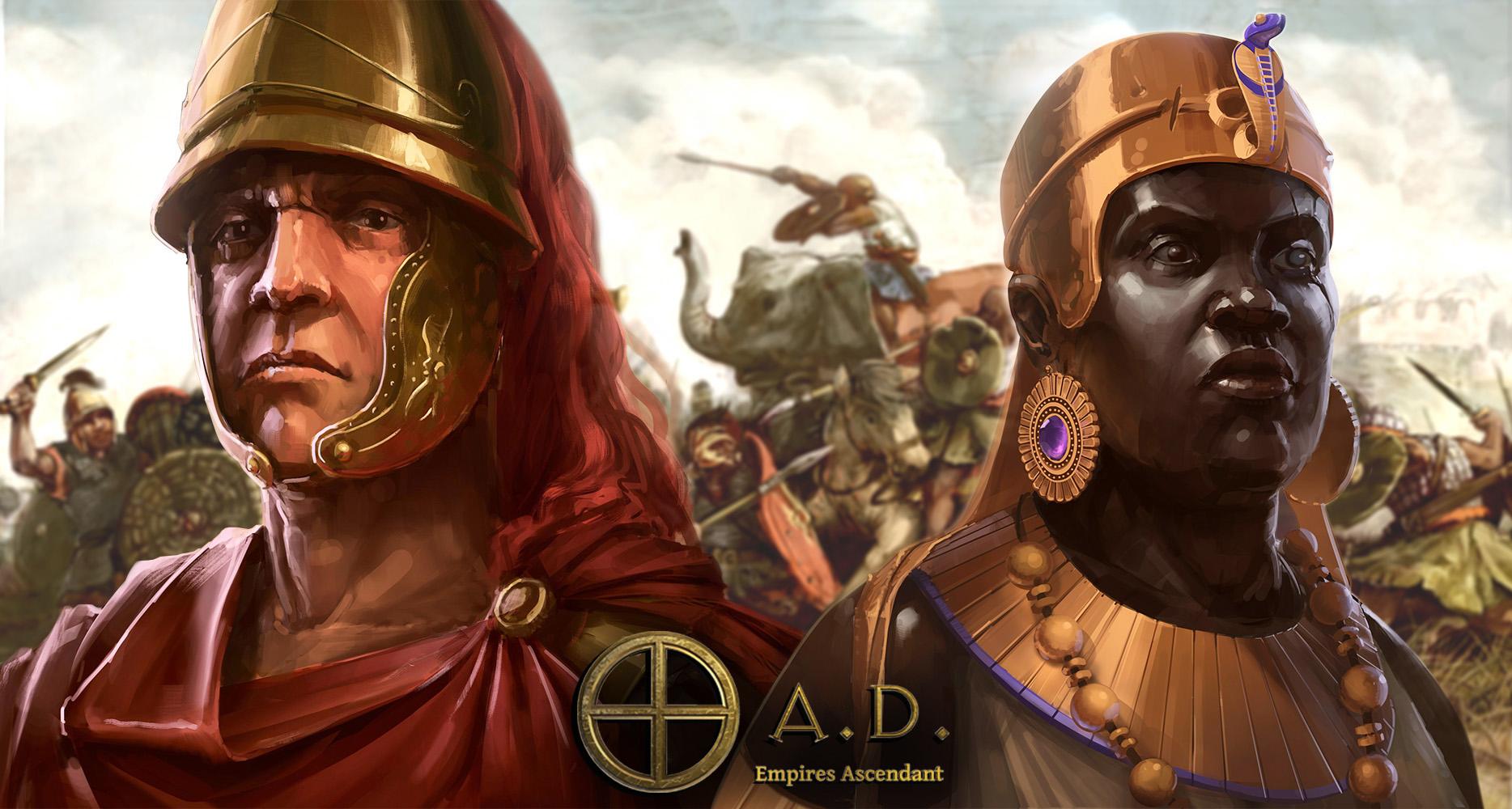

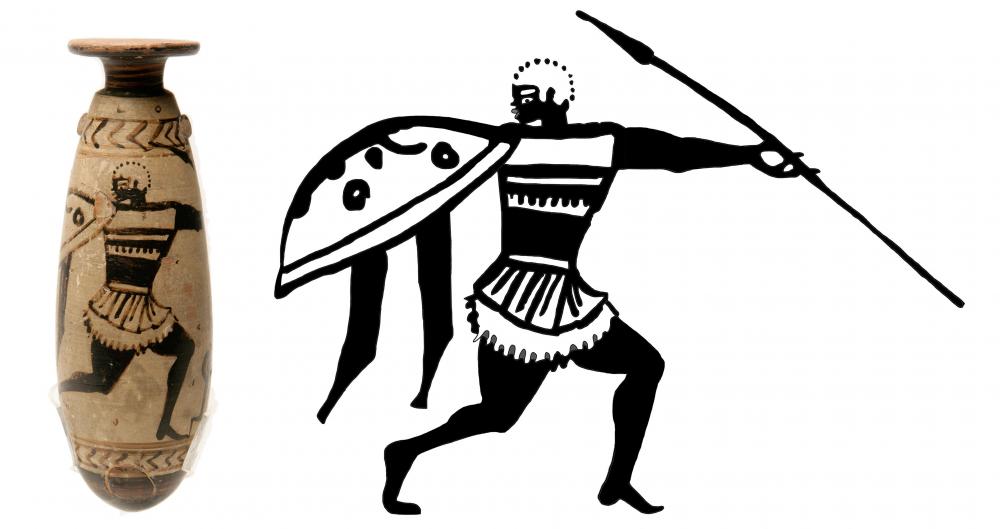
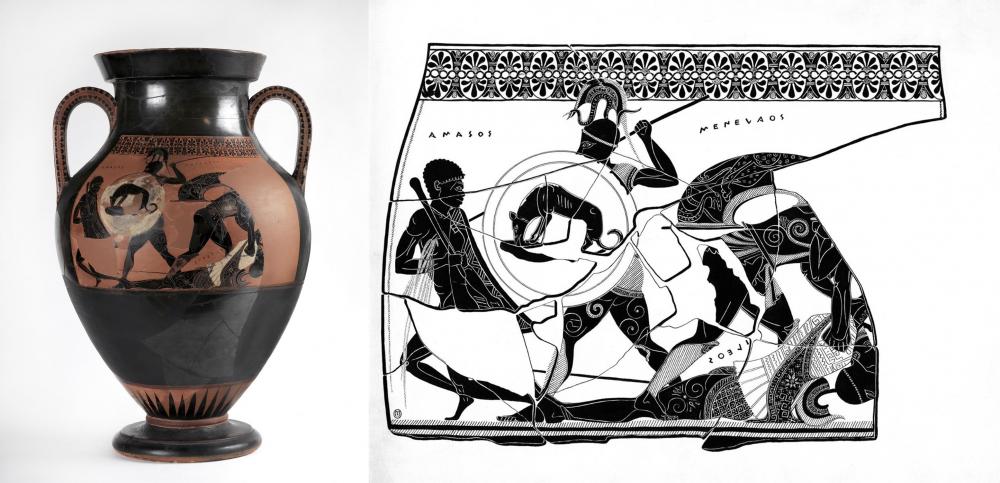
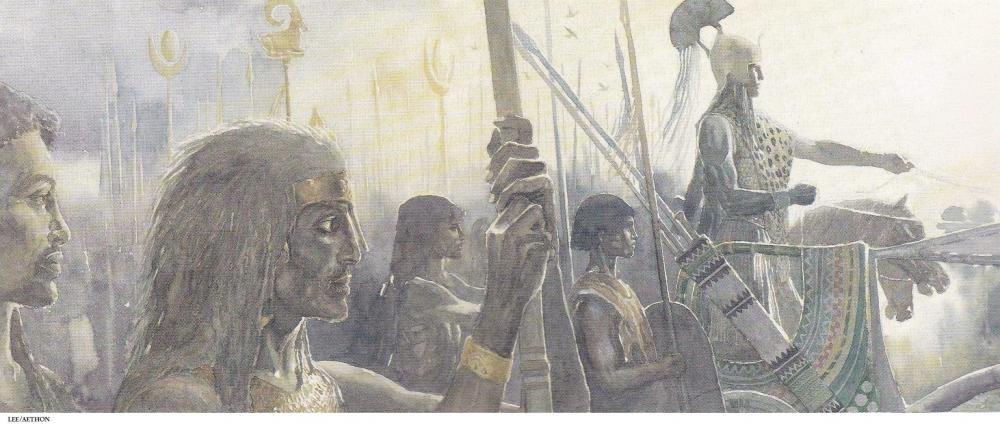
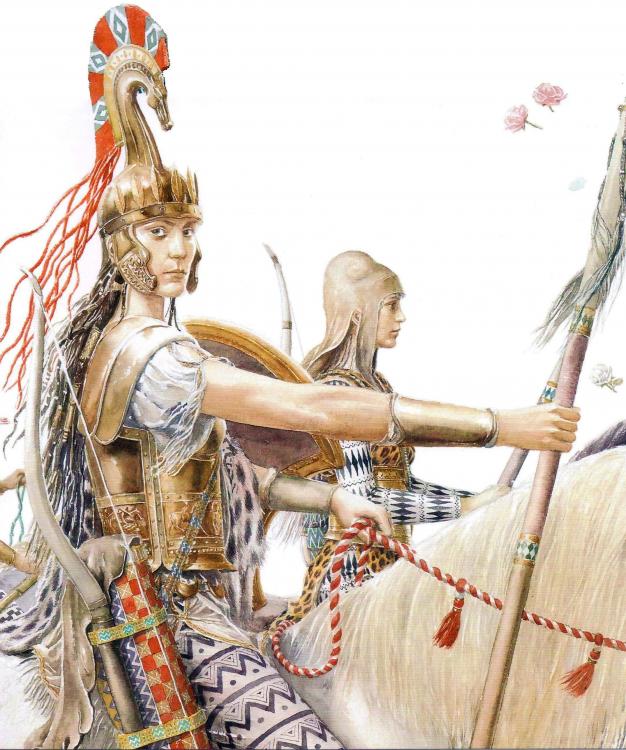
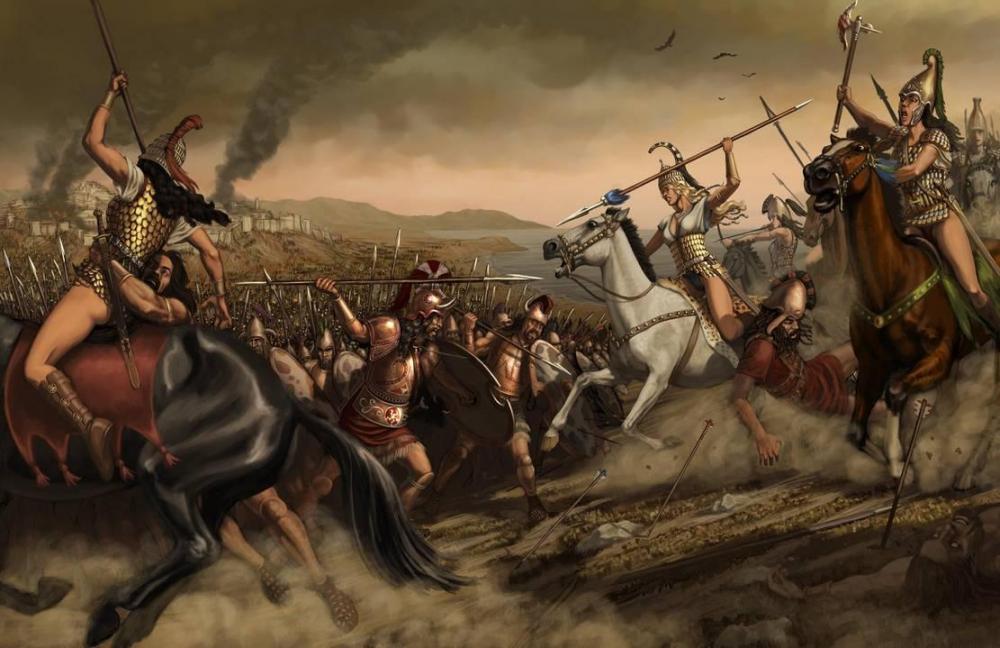
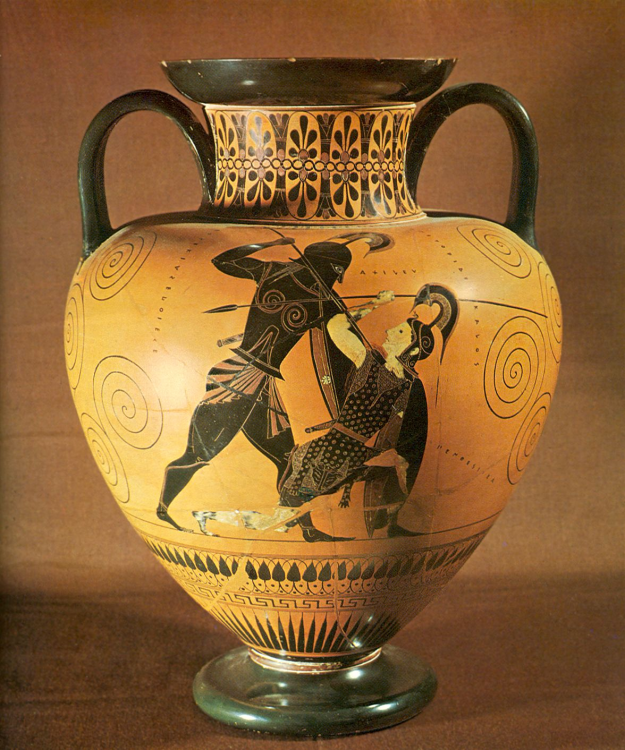
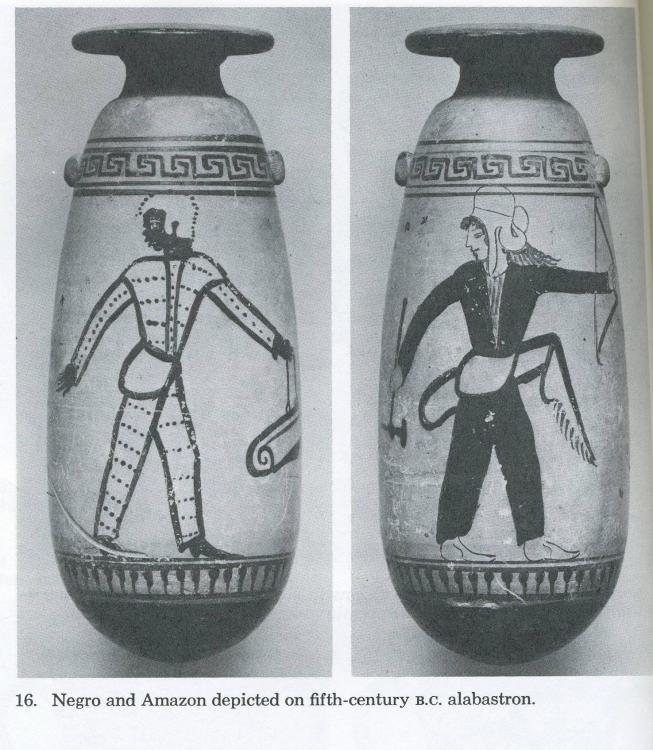
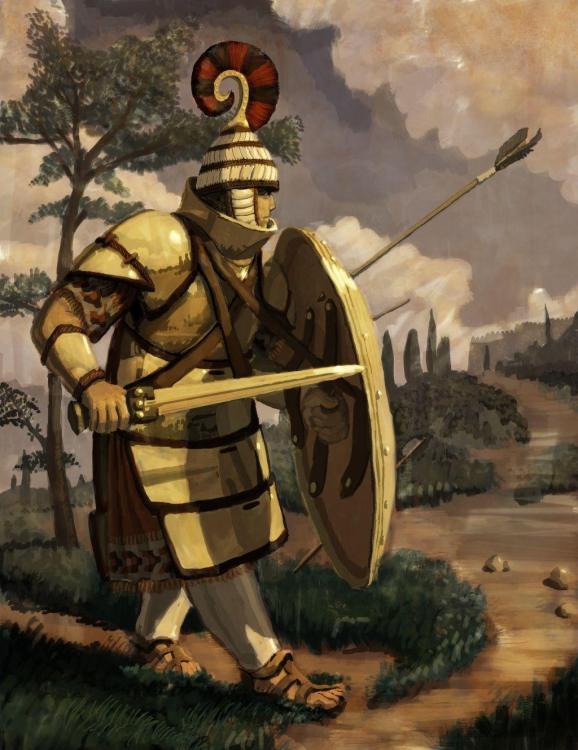
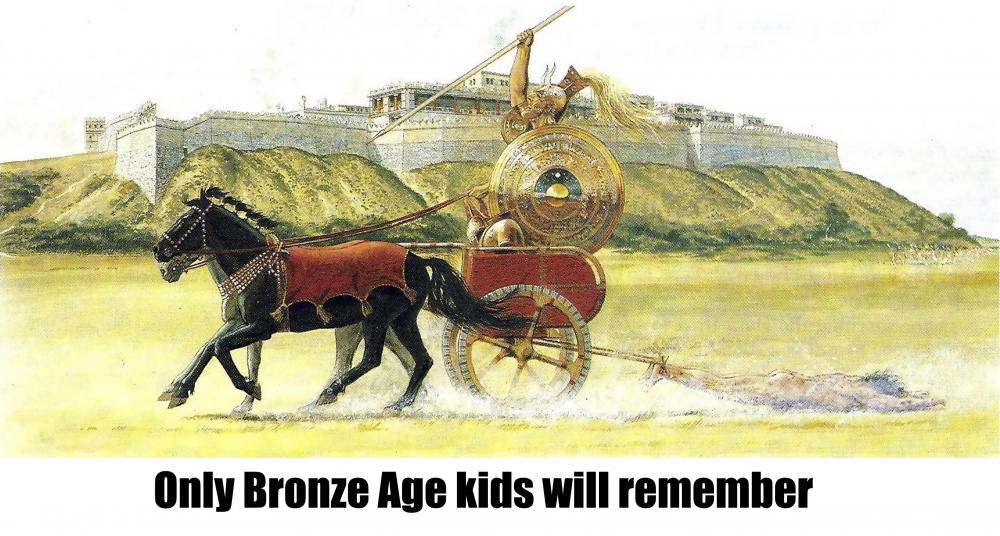
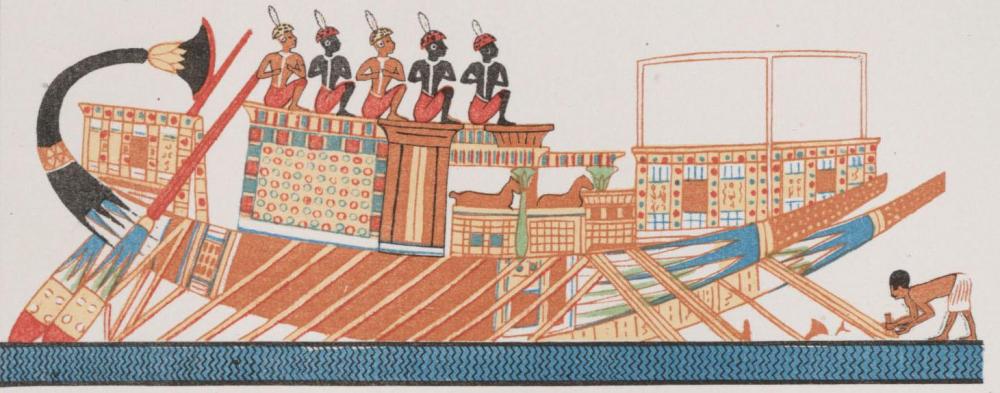
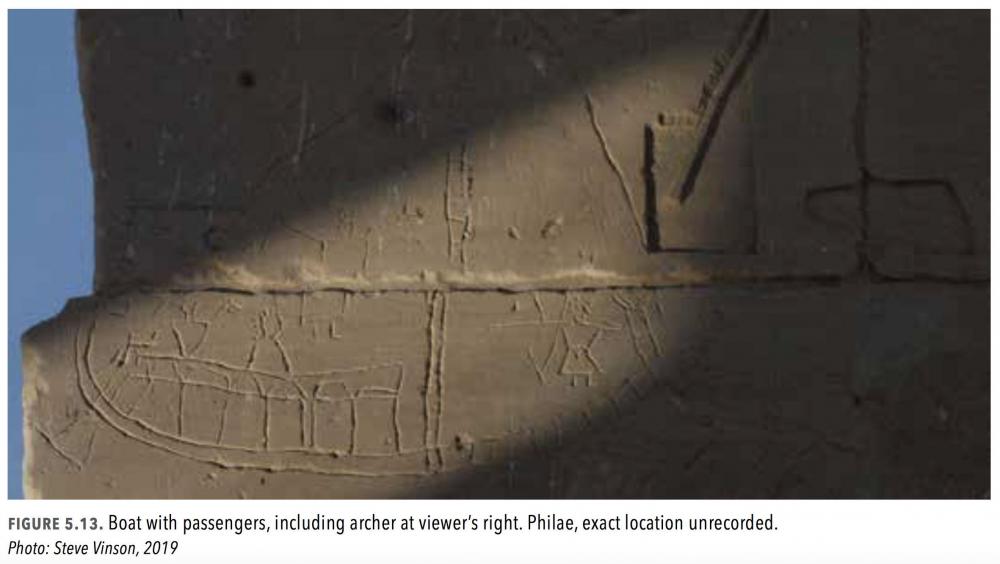
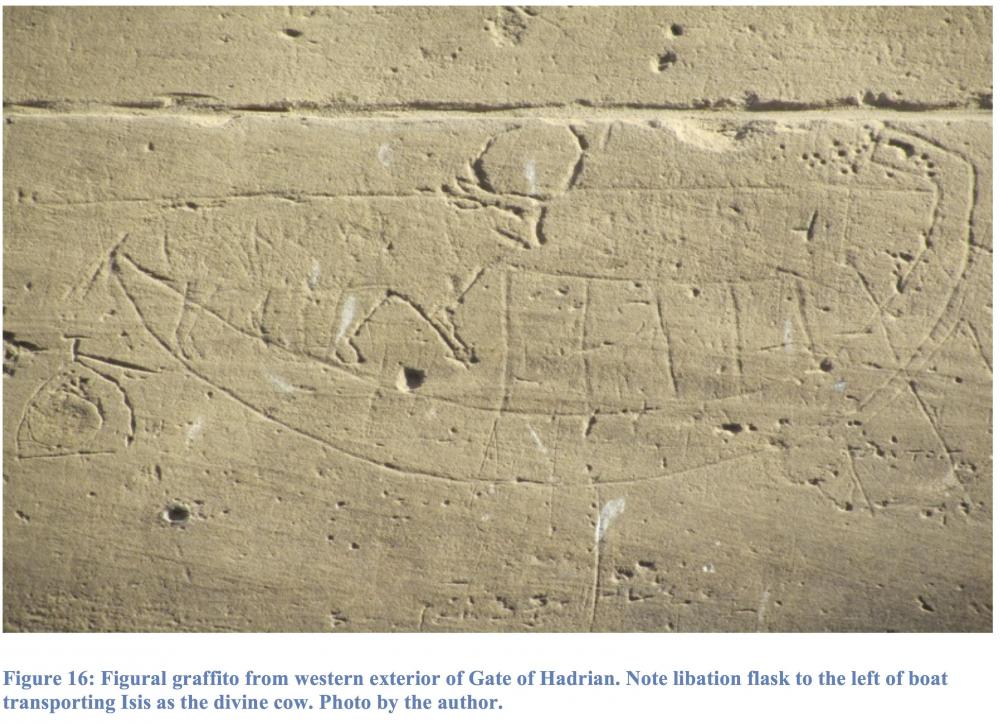
scimitarfromKhorAliKarrarinez-ZumaNubiaSudanKushKushite.thumb.jpg.c24738a30eb57381e54190720bcafe56.jpg)
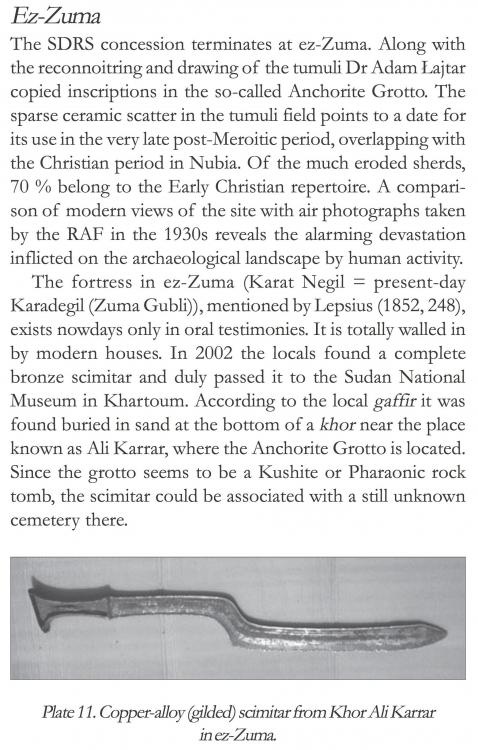
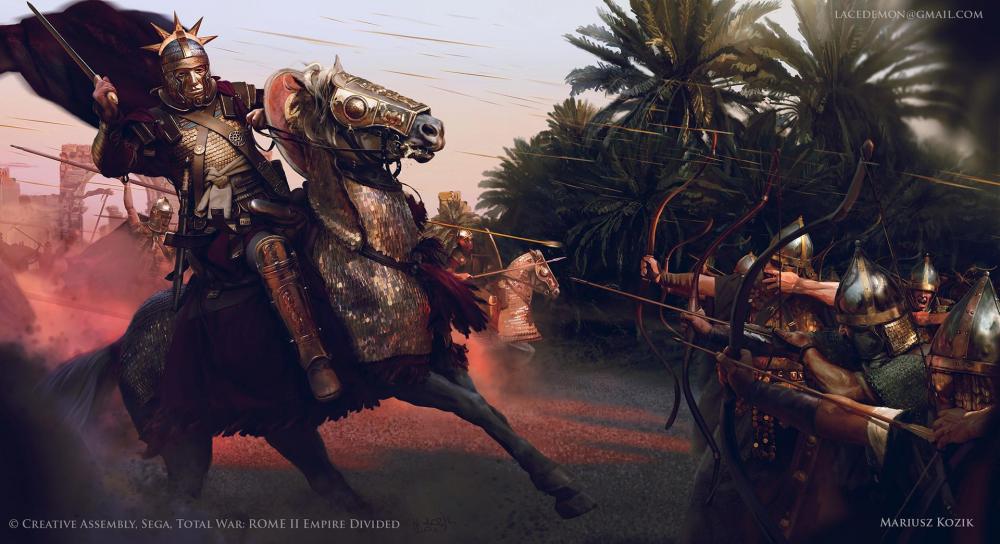
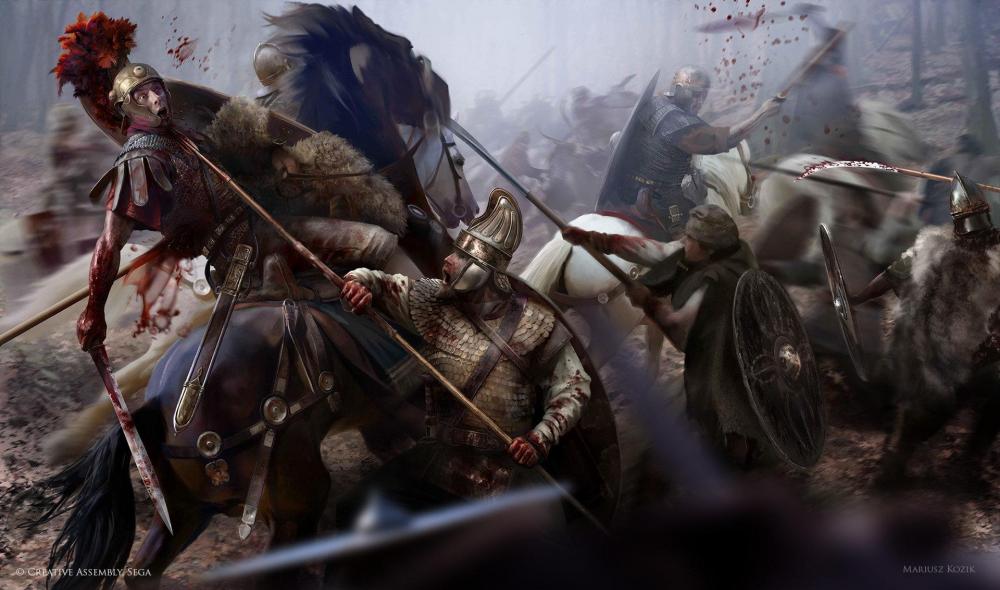
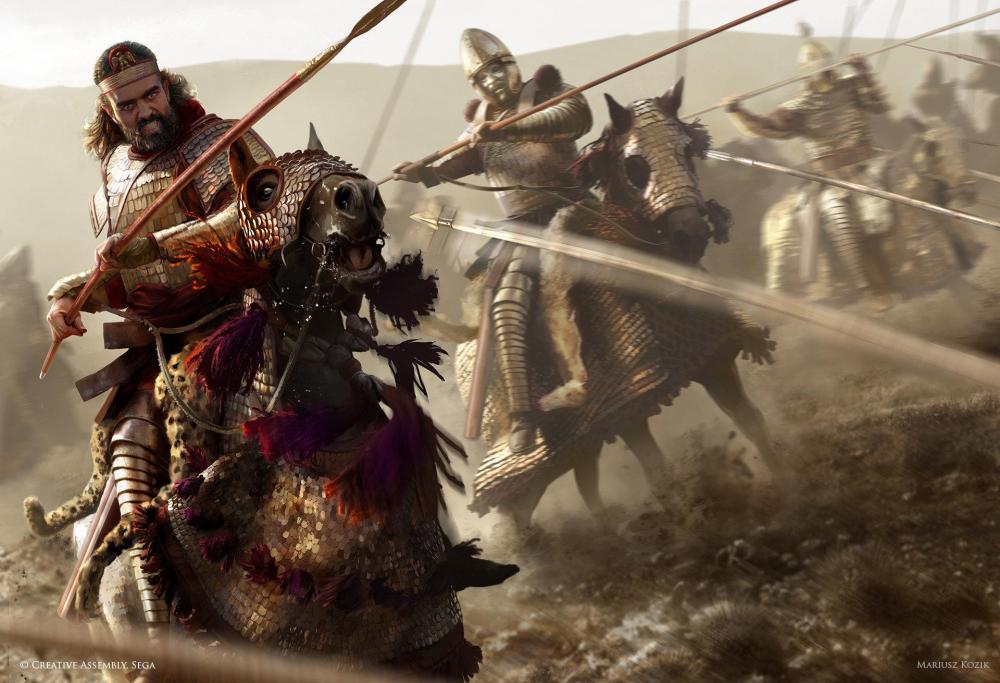
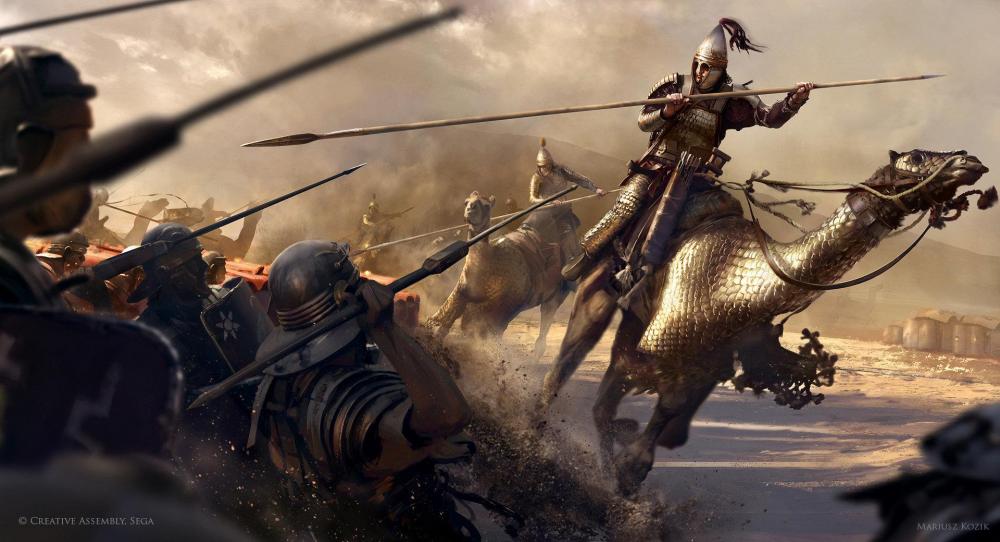
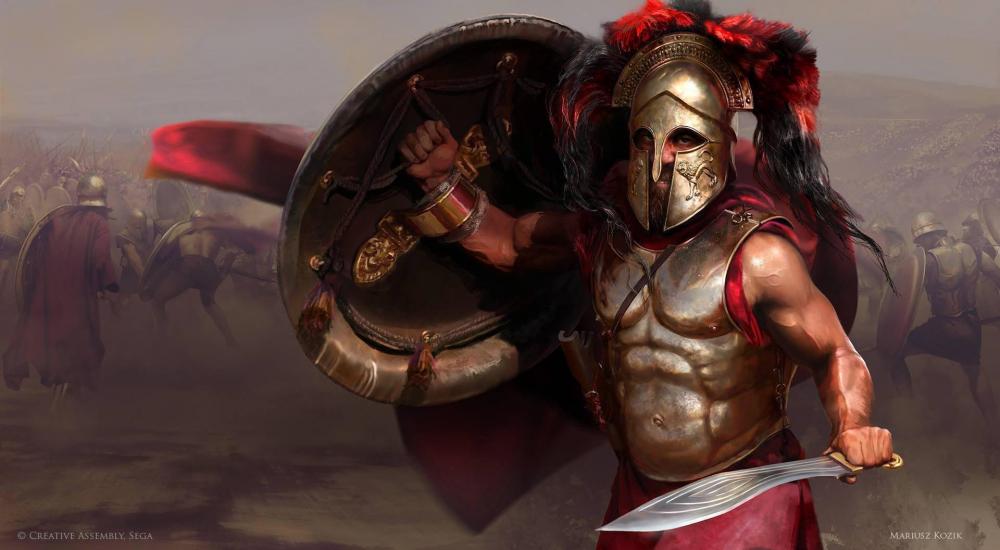
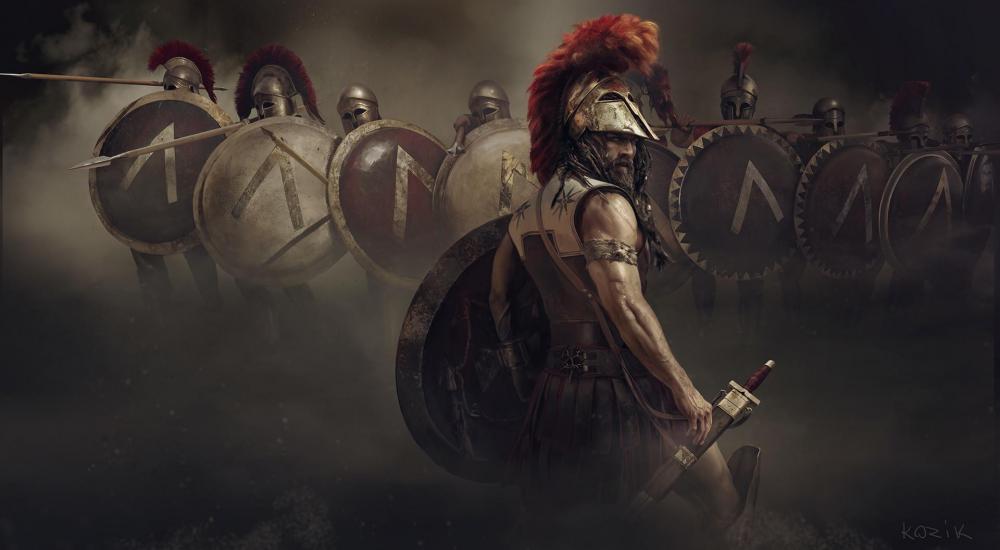
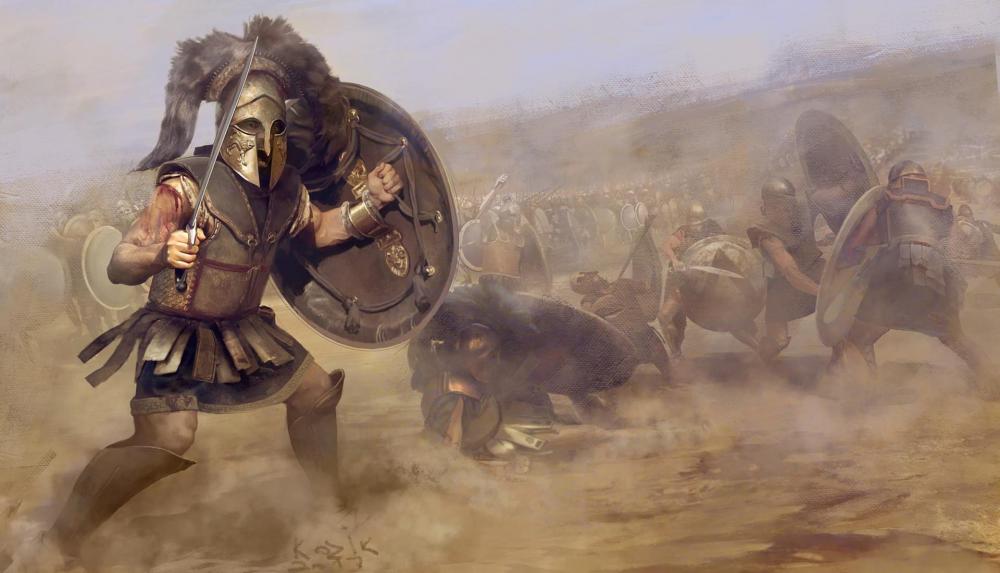
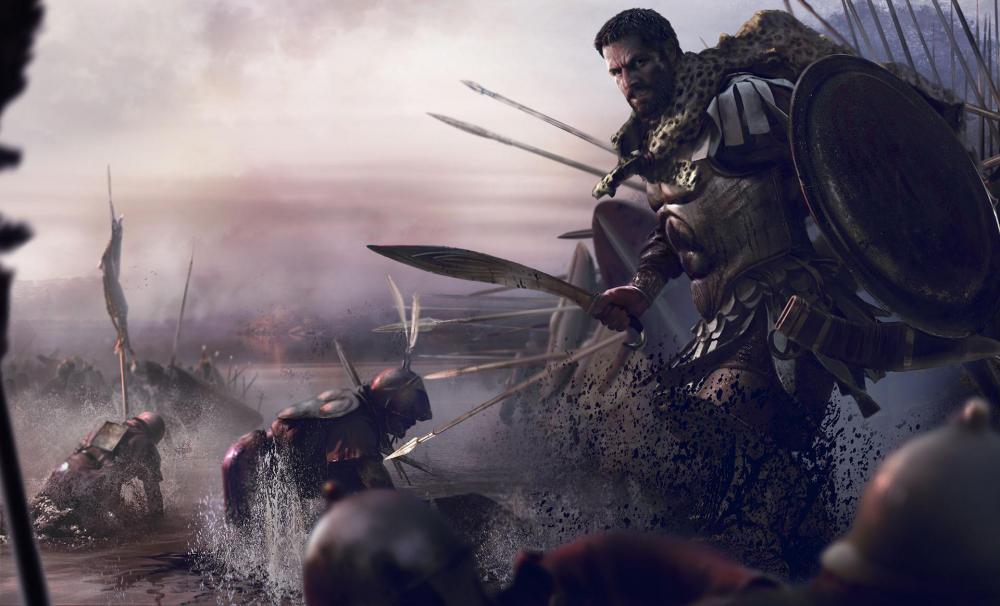
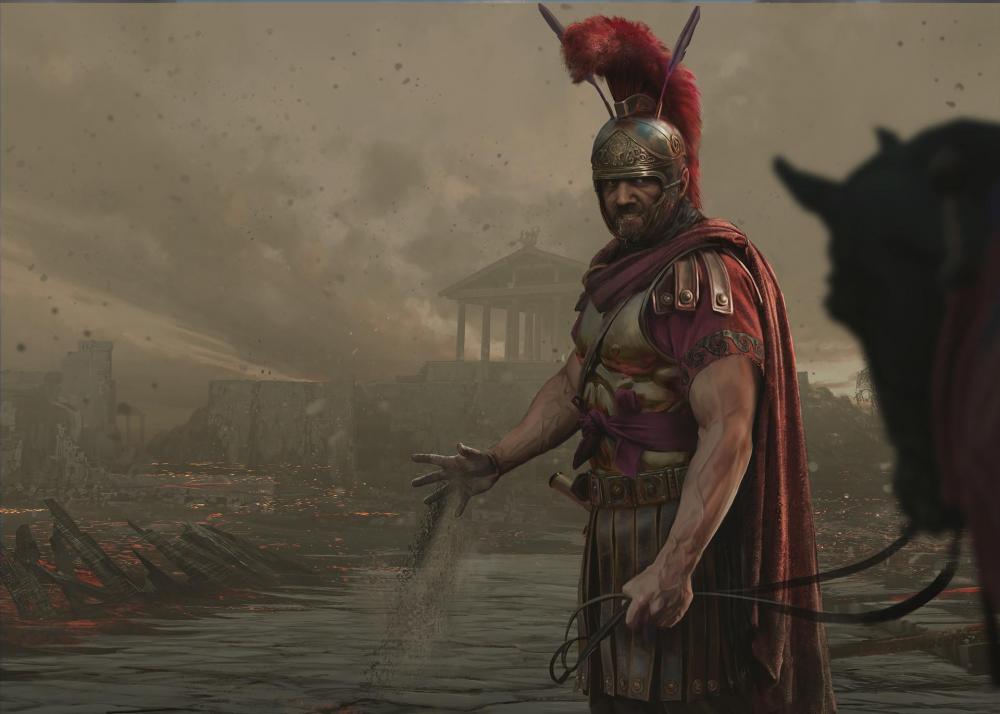
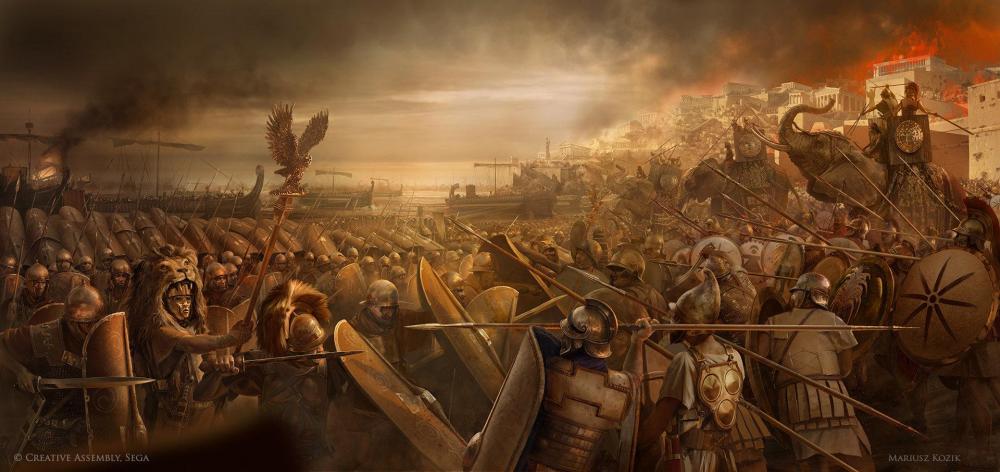
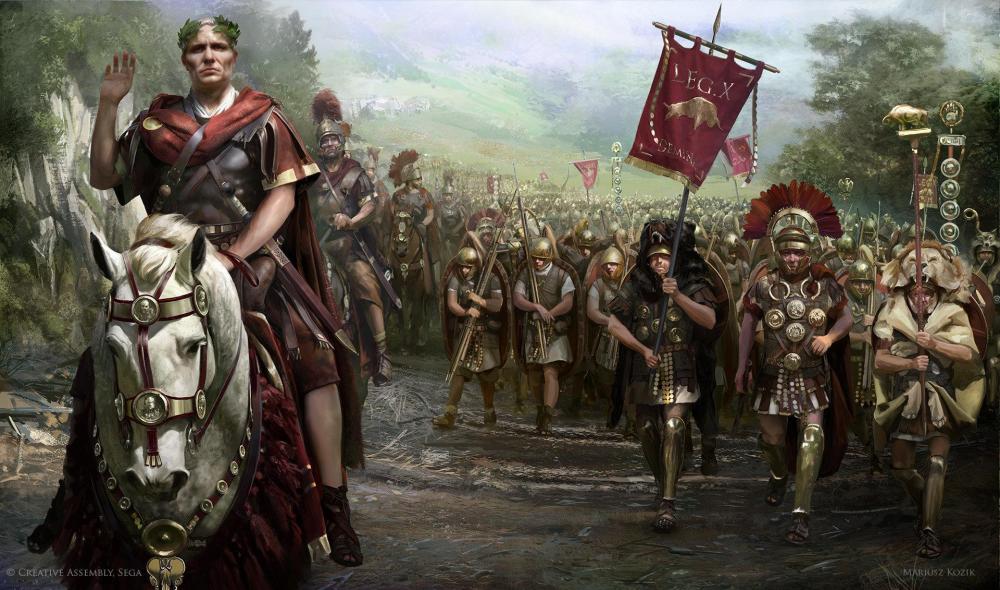
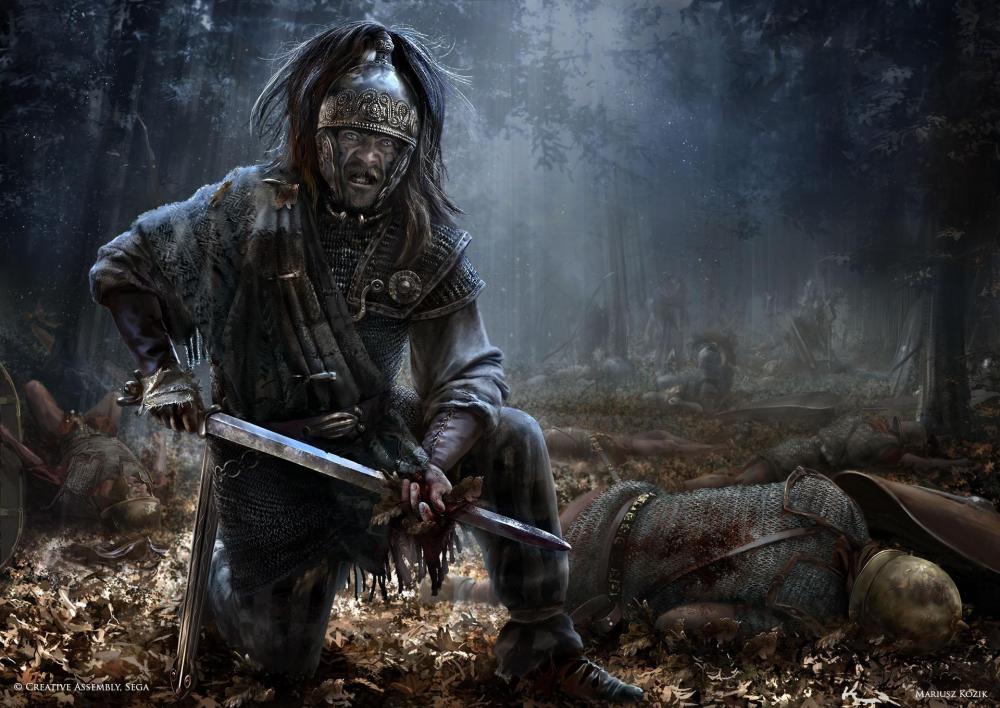
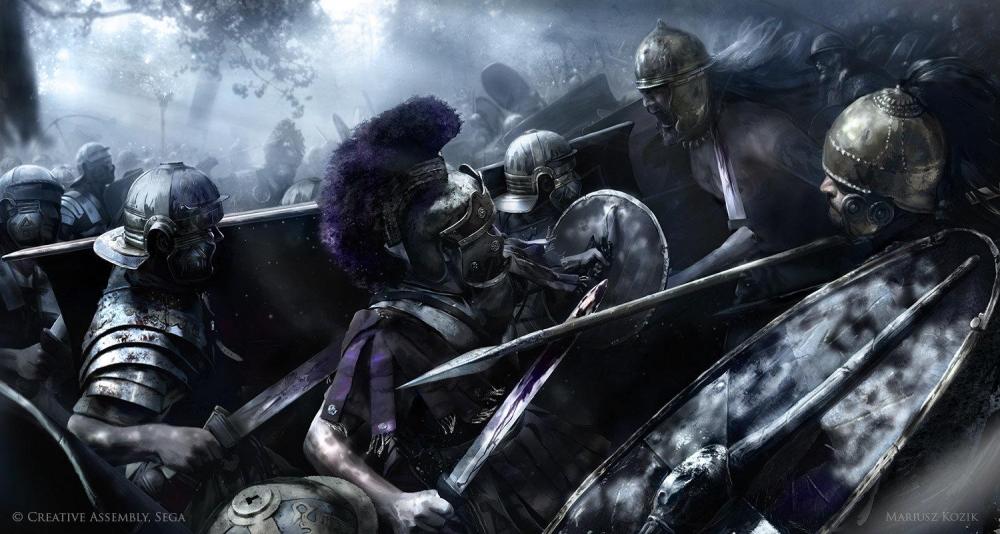
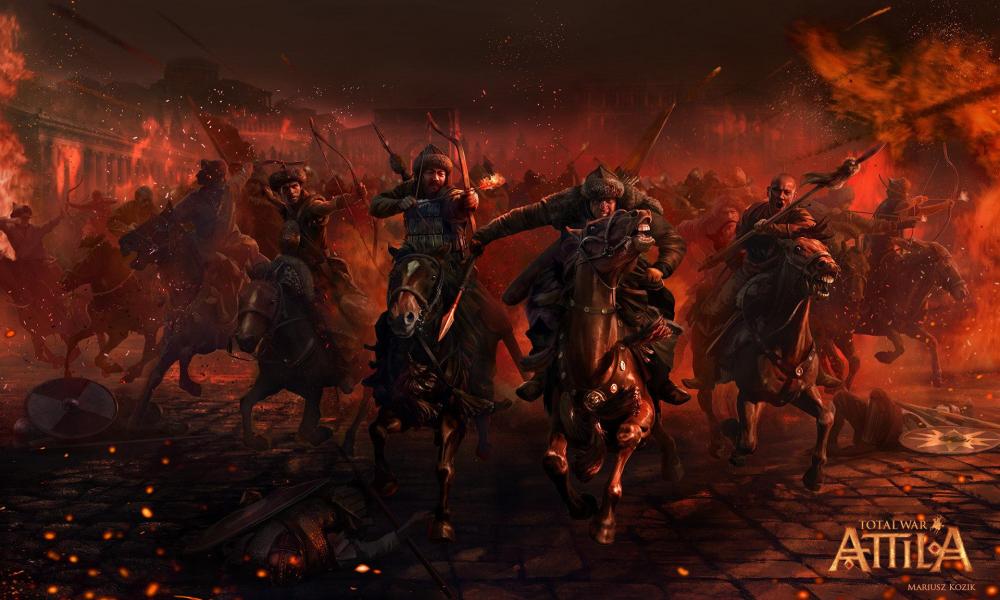

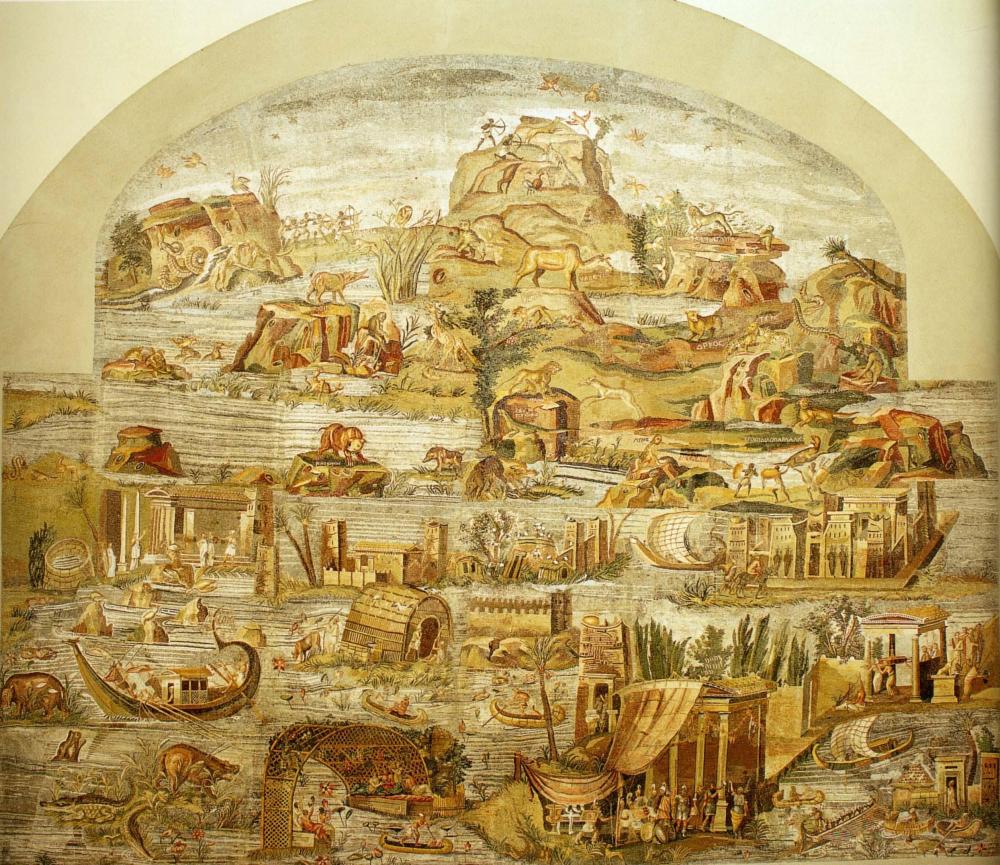
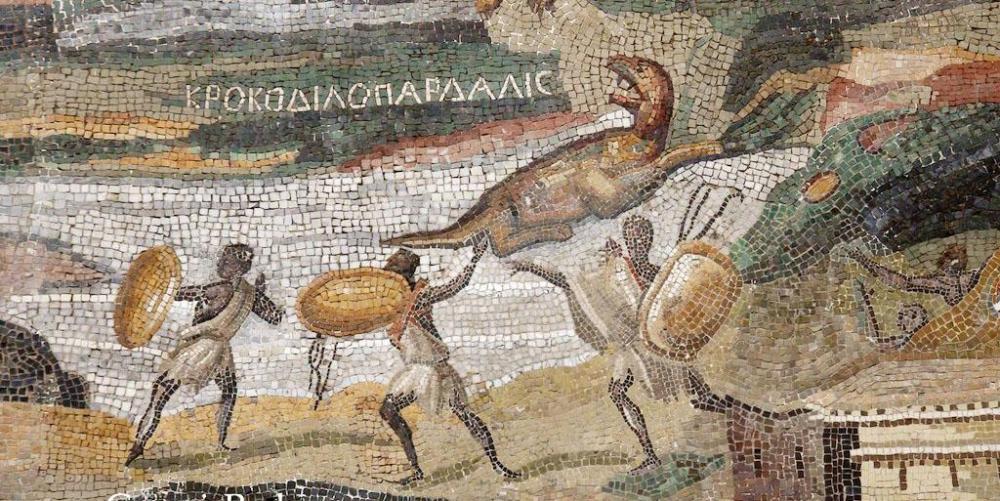
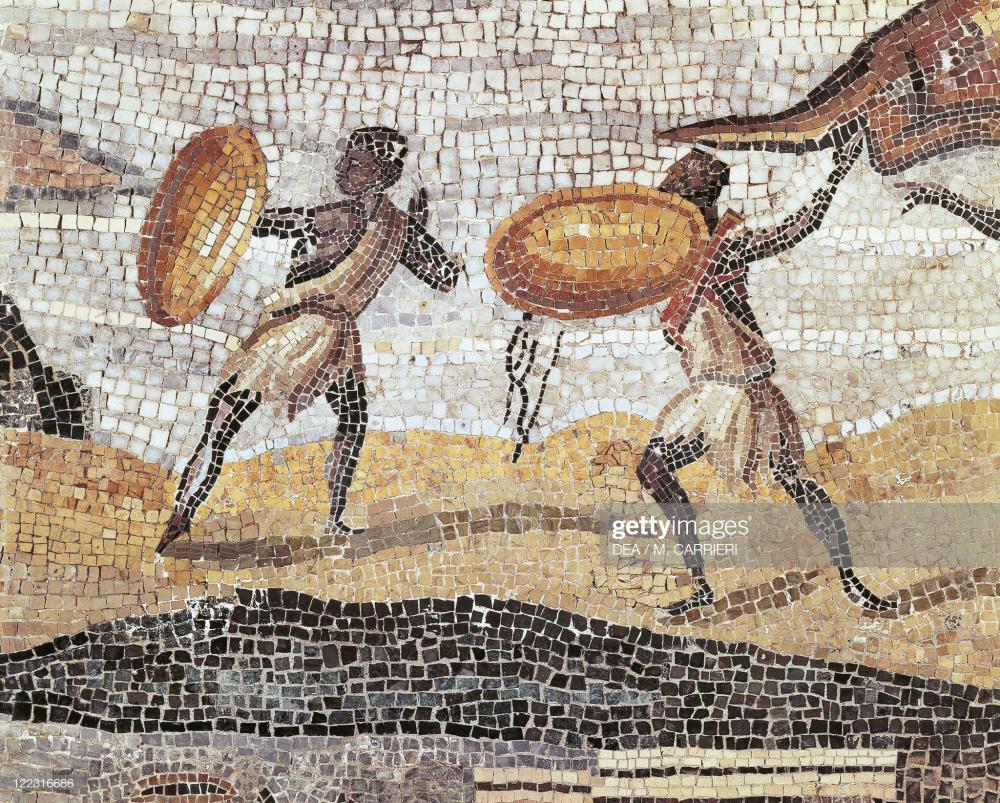
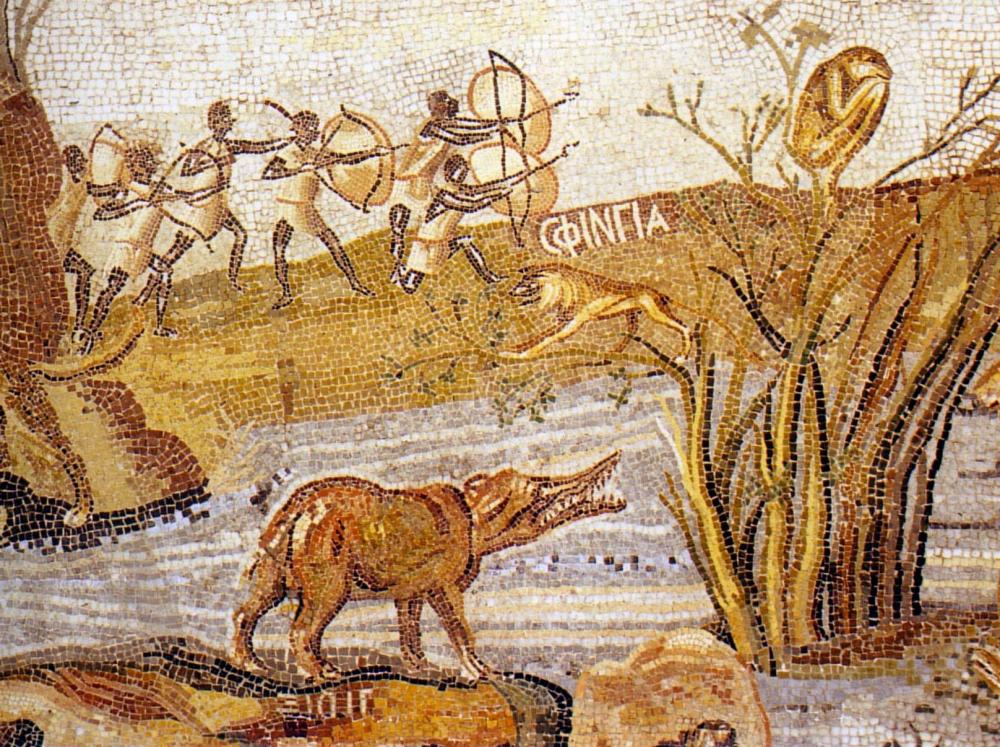
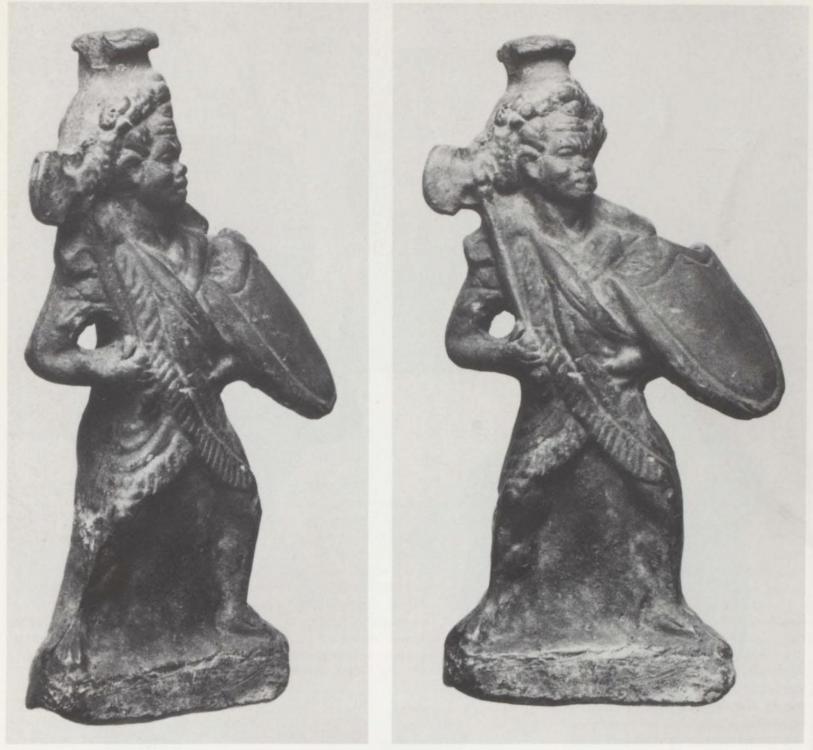
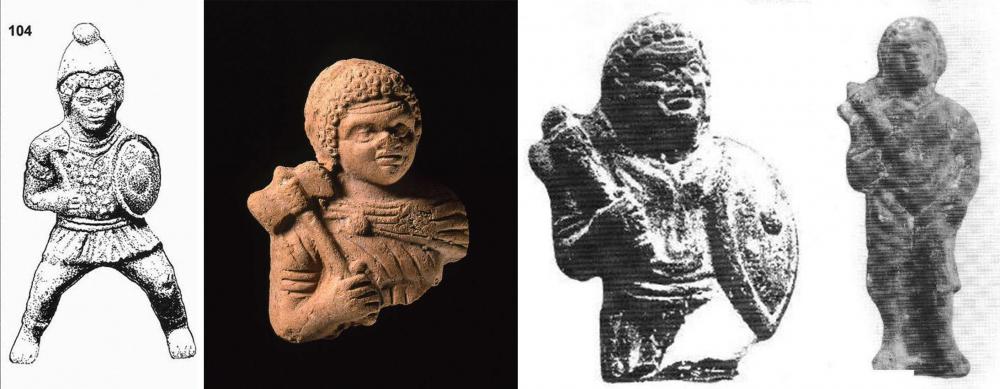
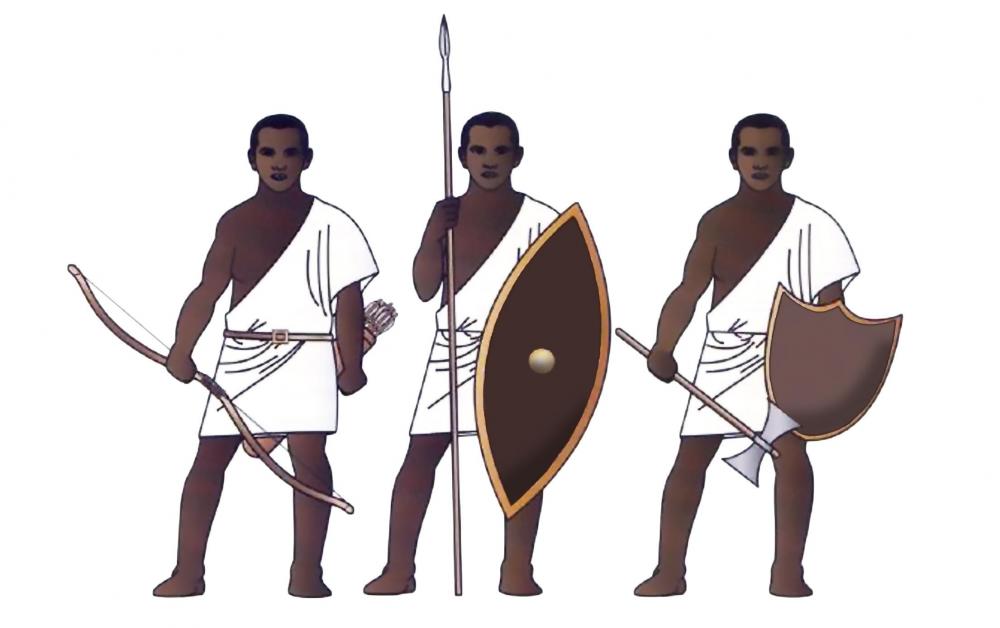
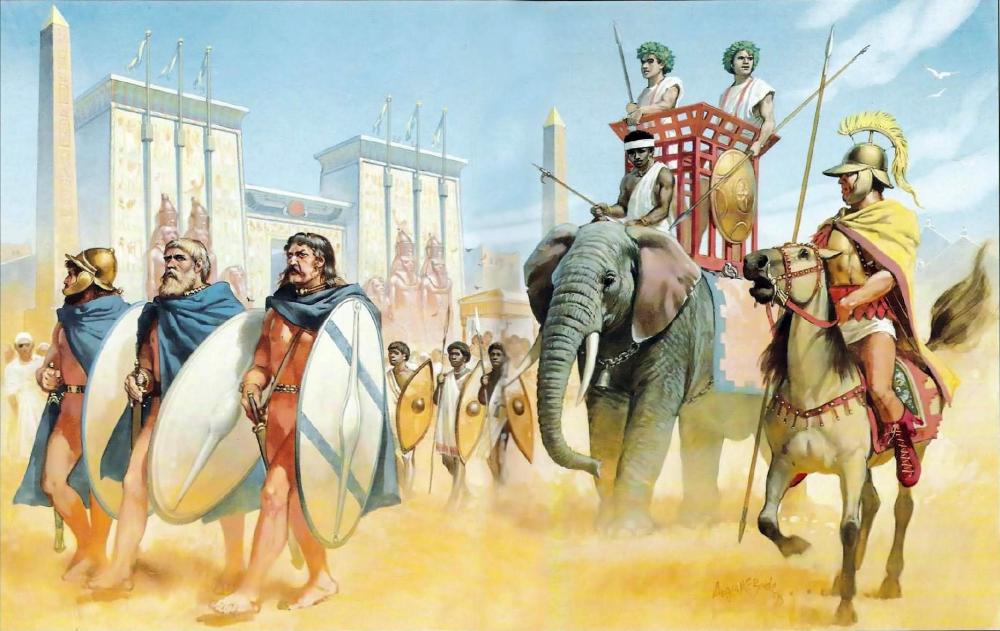

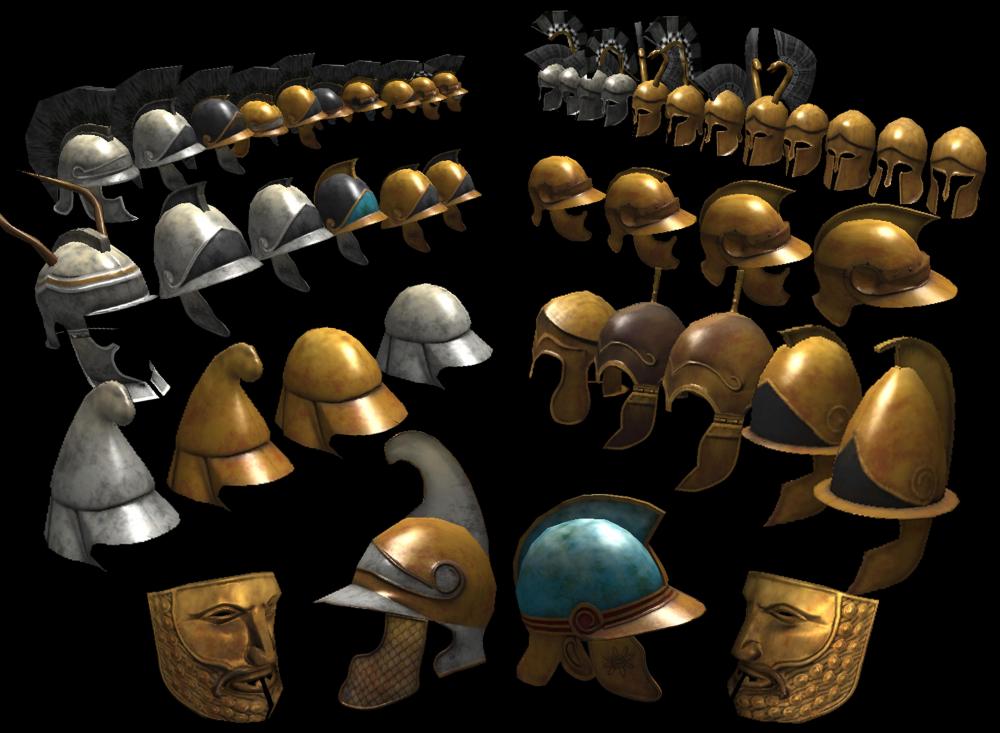
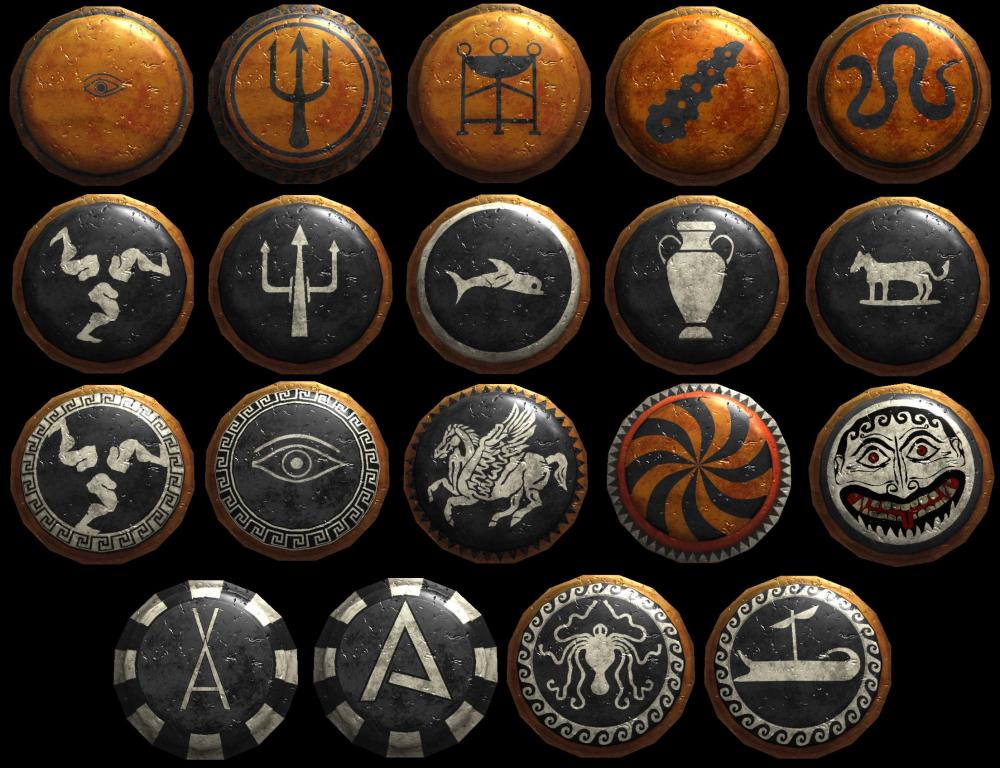
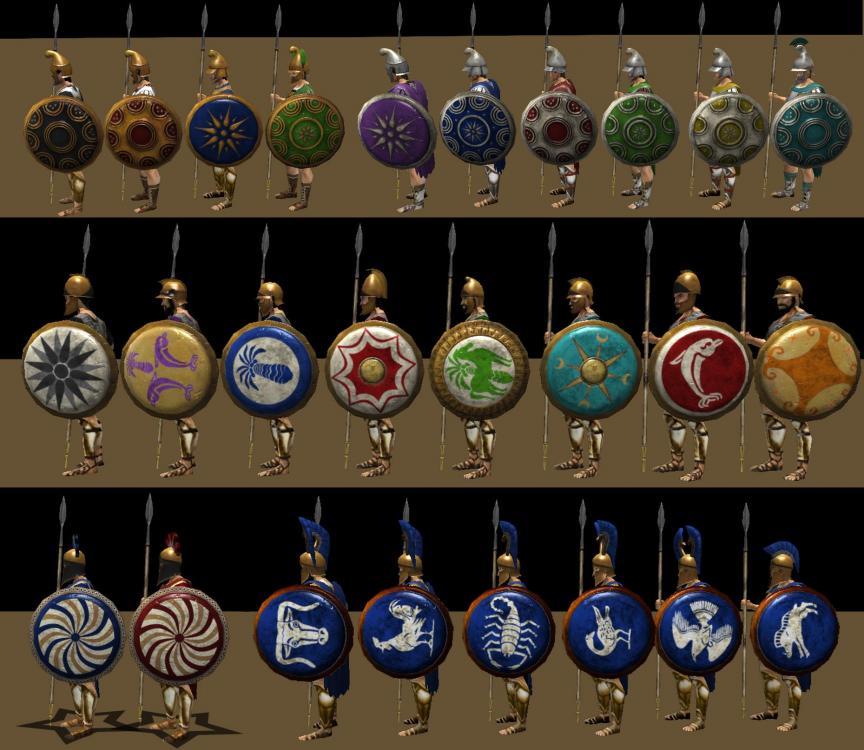
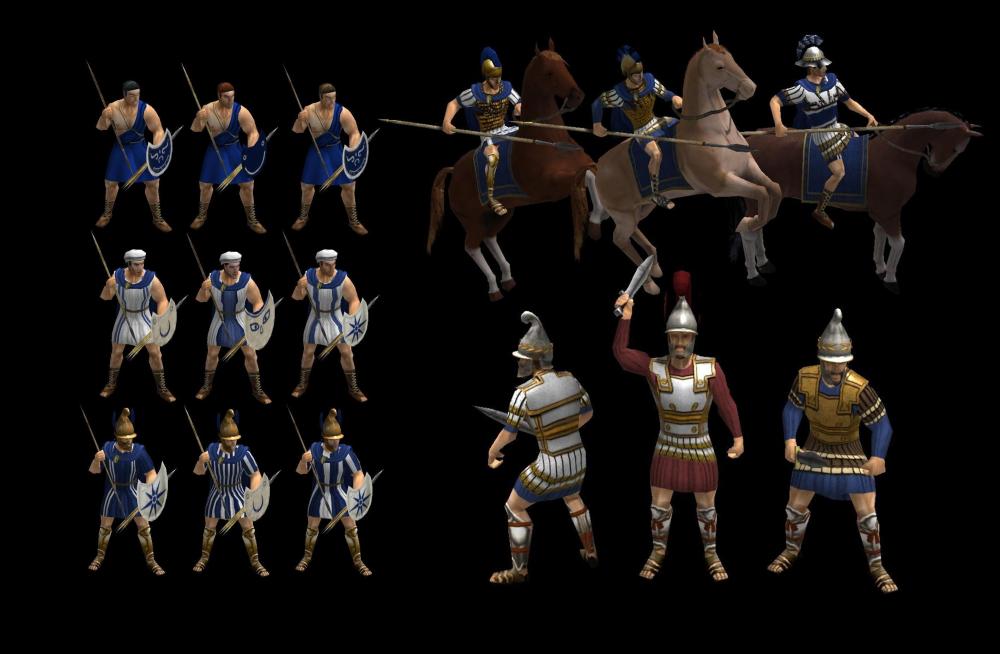
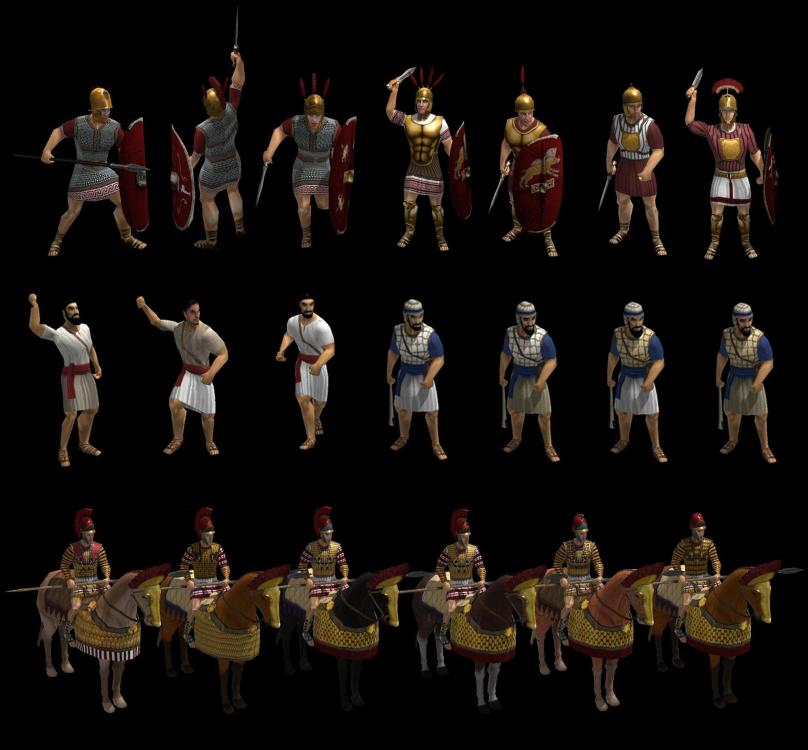
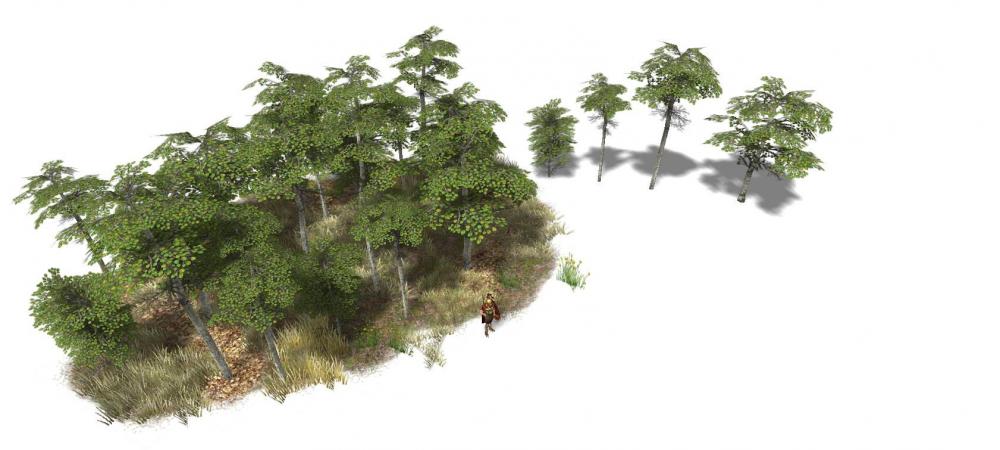
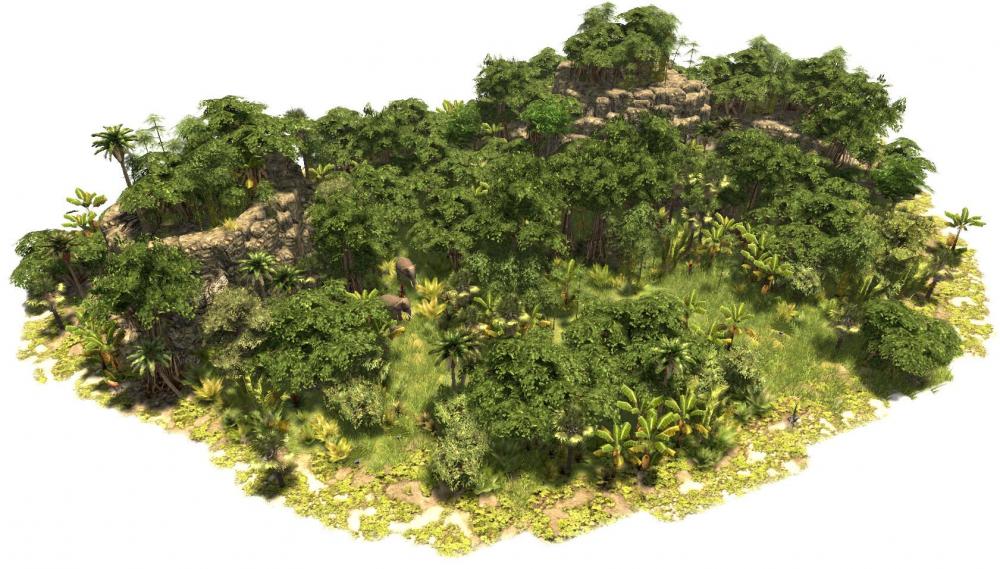
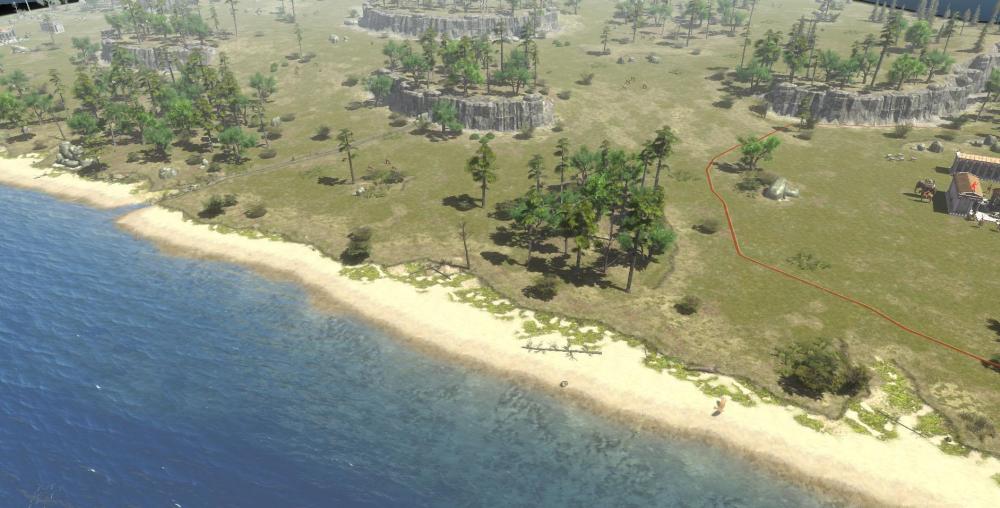
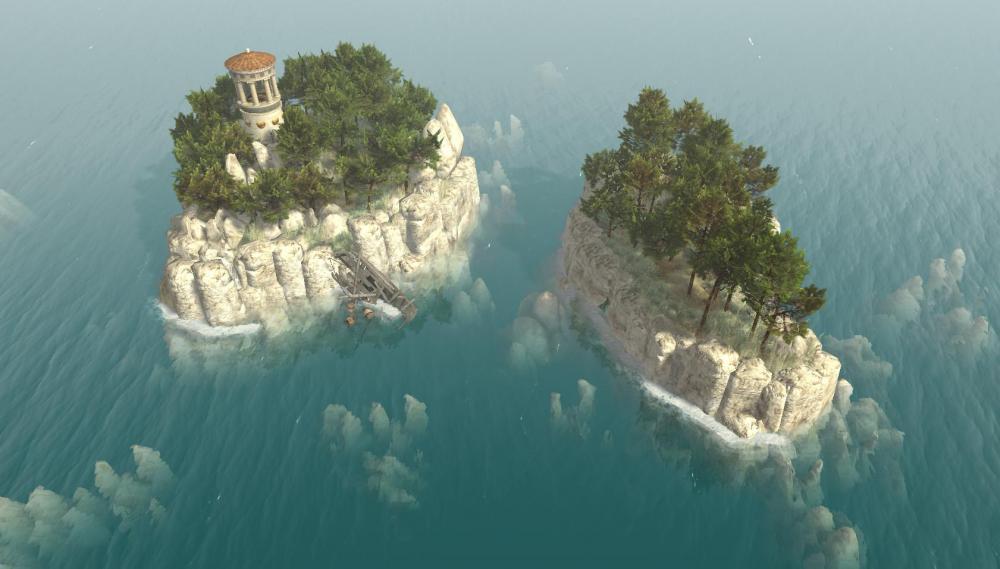
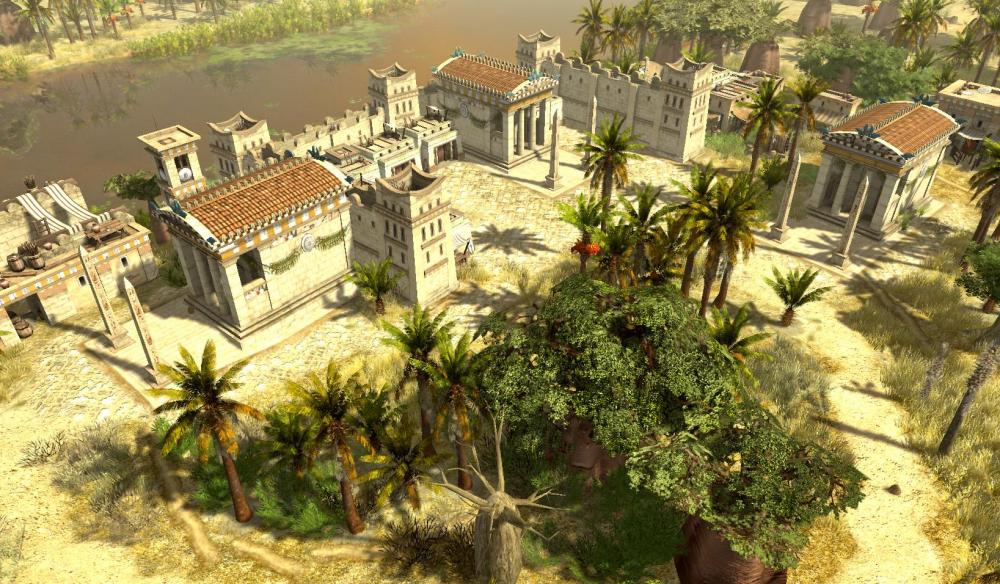
Mythos_Ruler's Playlist
in Introductions & Off-Topic Discussion
Posted · Edited by Sundiata
@wowgetoffyourcellphone, I'm sure you've seen this one before, but it's still worth the share... I'd never seen it with subtitles for some reason. The subtitles make me want to see the rise of the Khanate again, lol... I love how they infused Western influences like that and still stay true to their roots.
Also, there's some nice idea's for Xiongnu or silk road maps... Beautiful setting...
@tengrist, your thing?